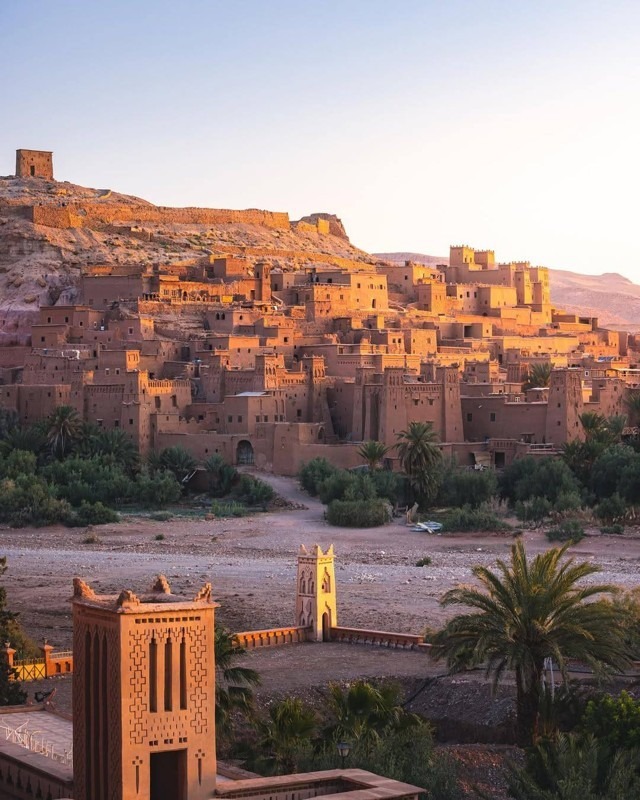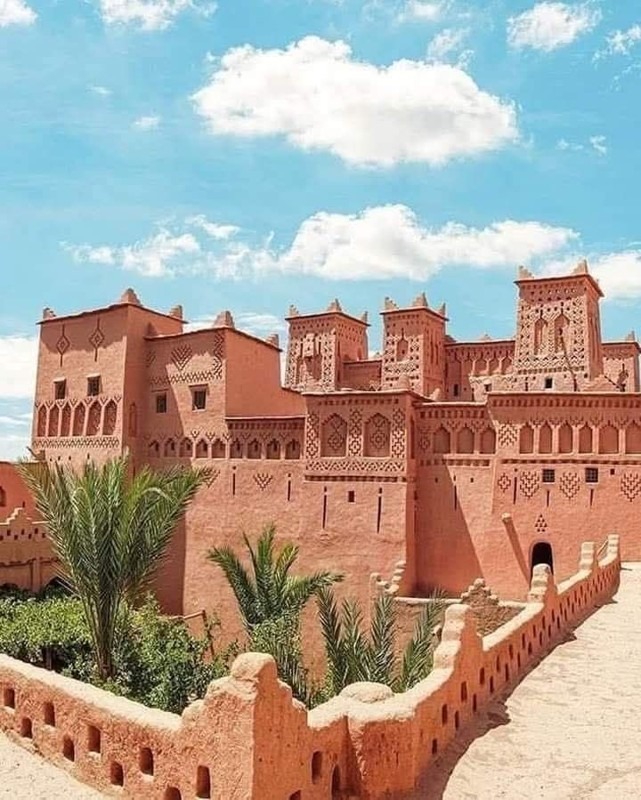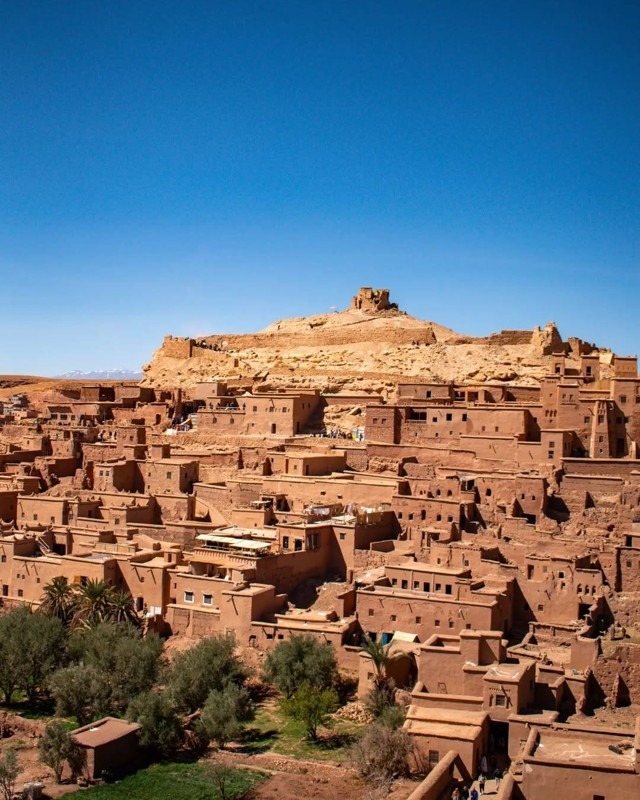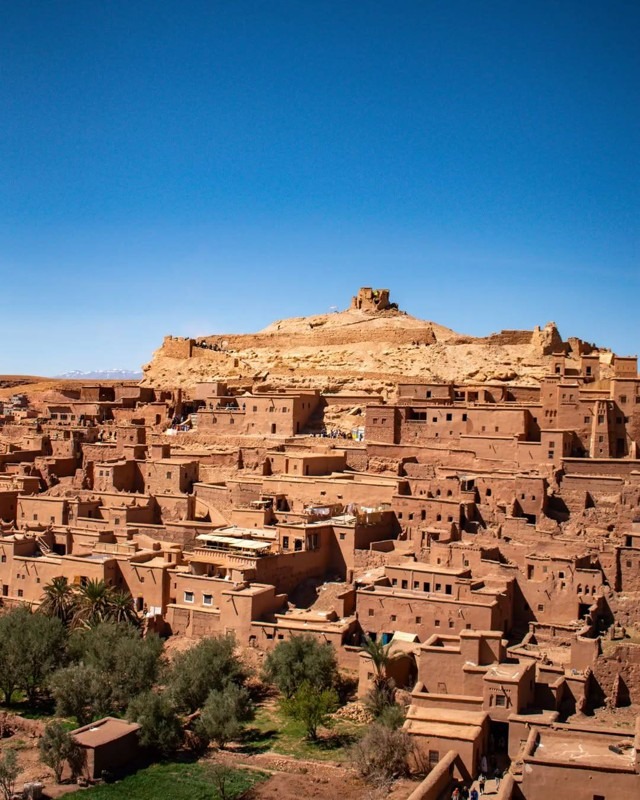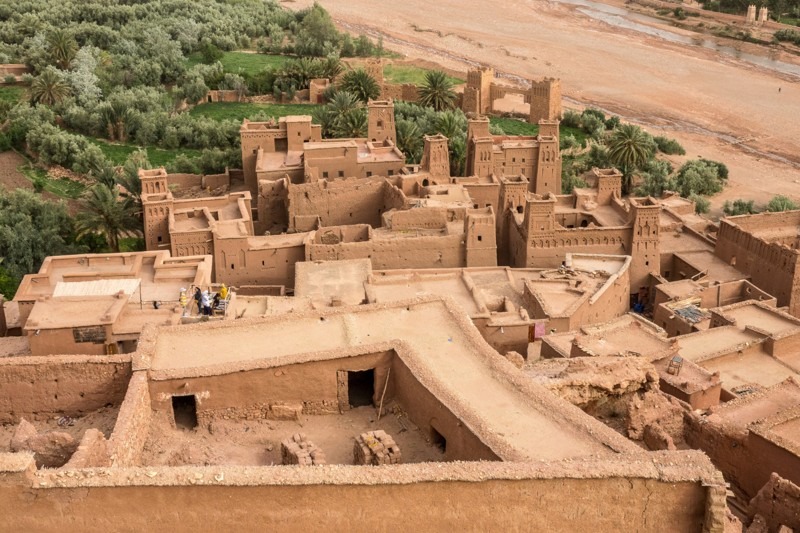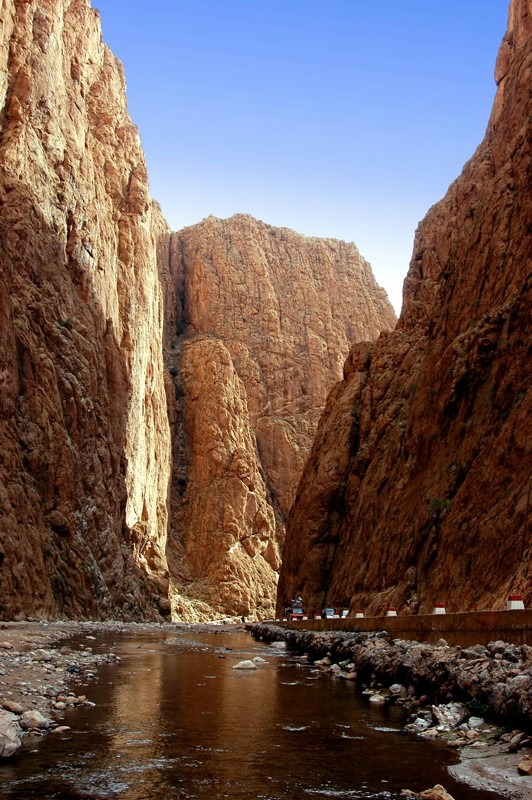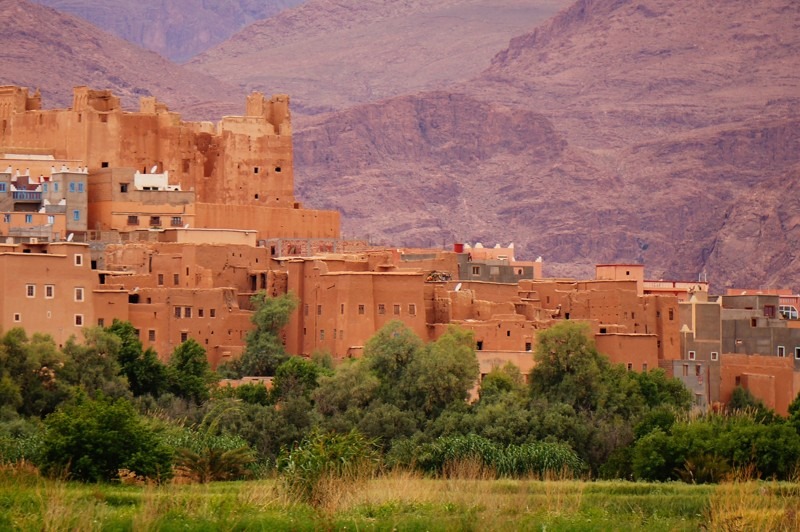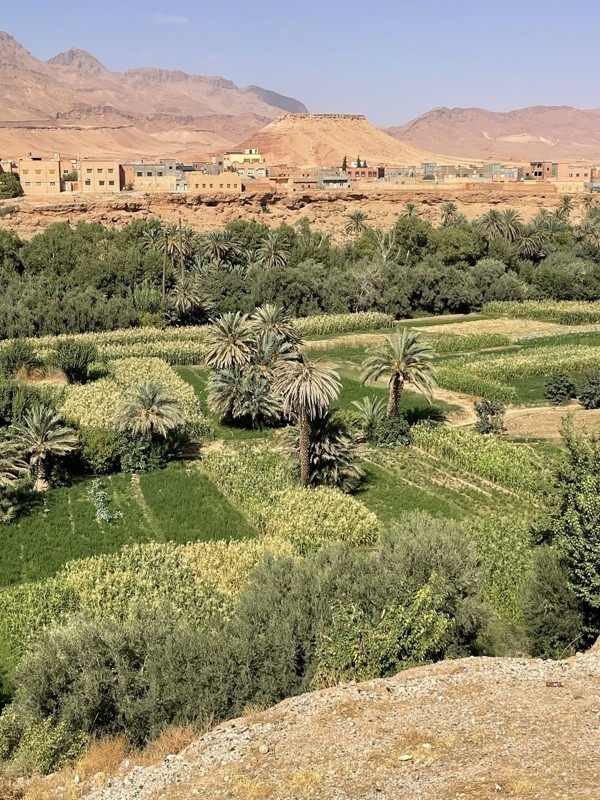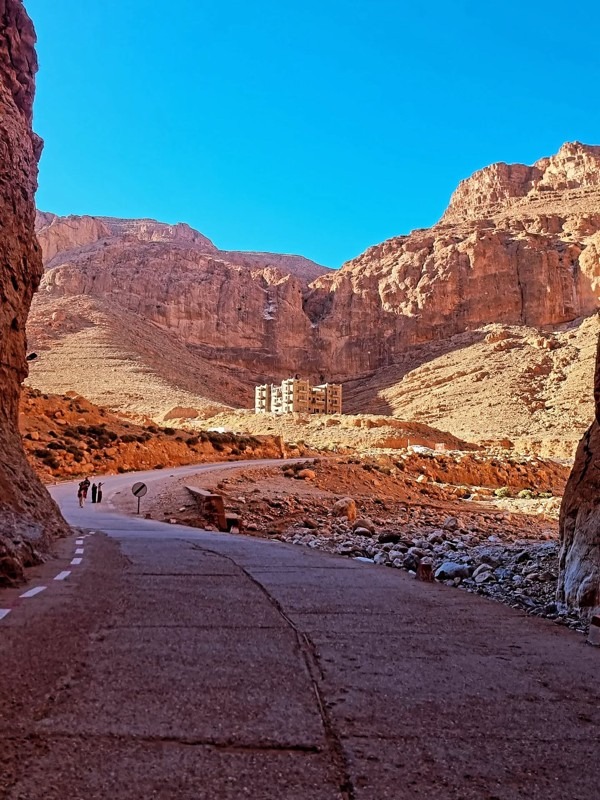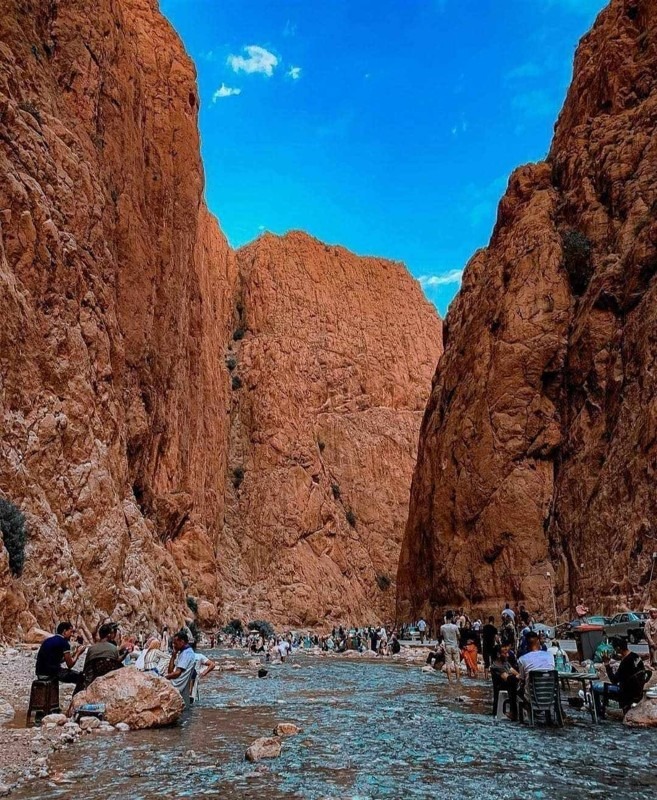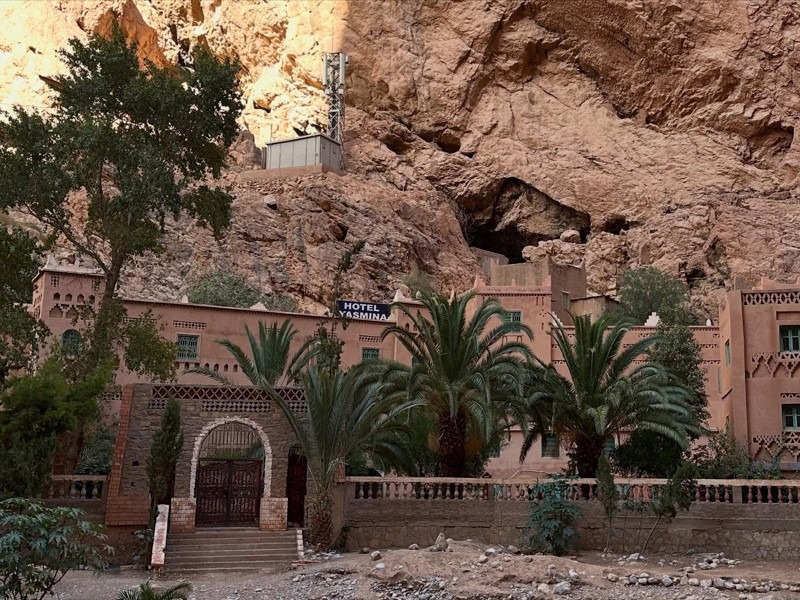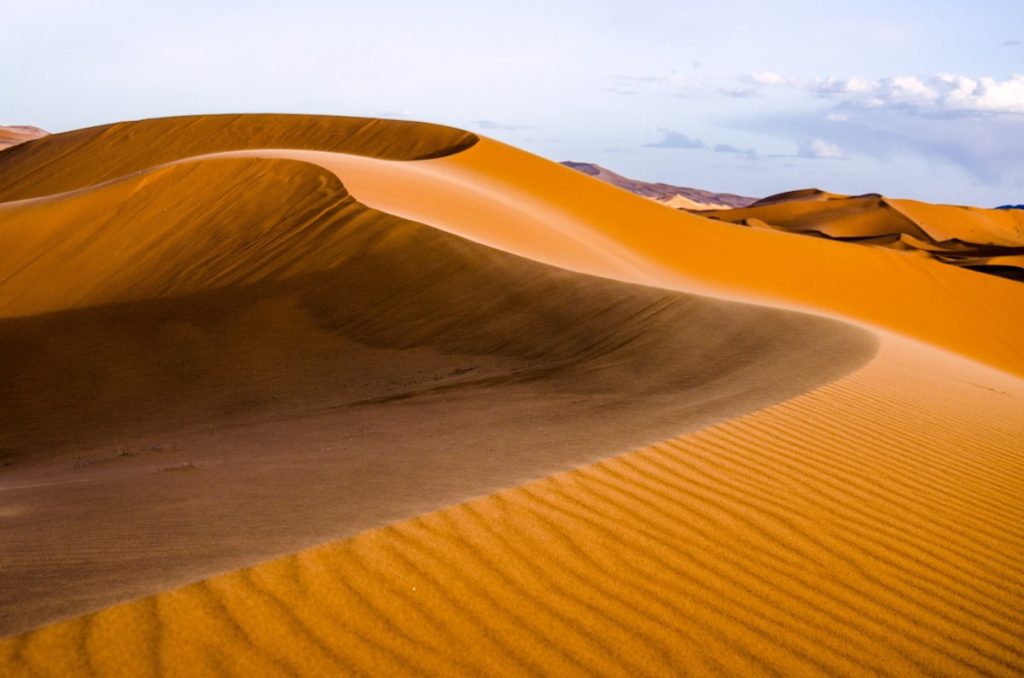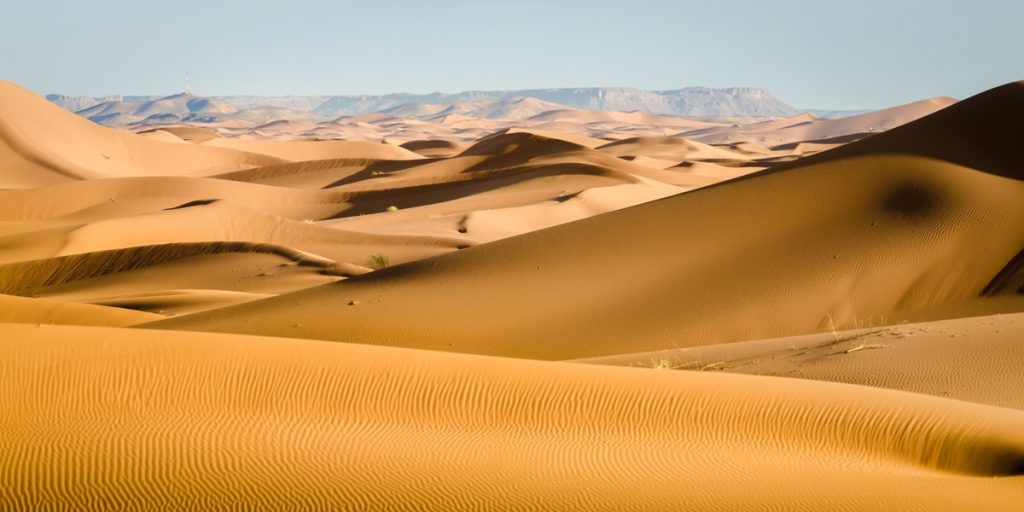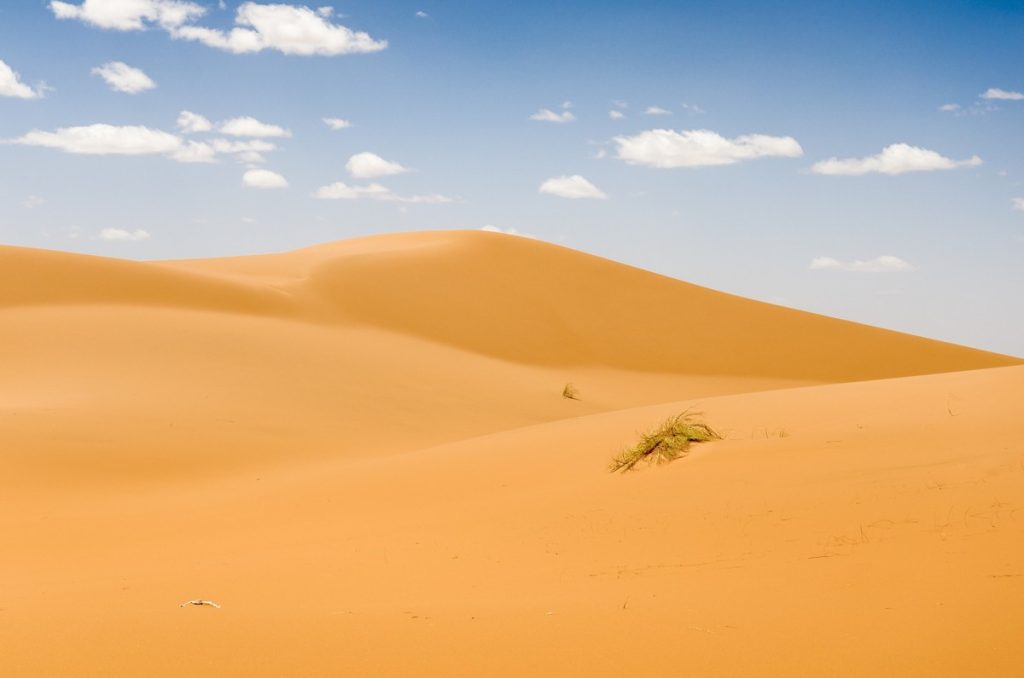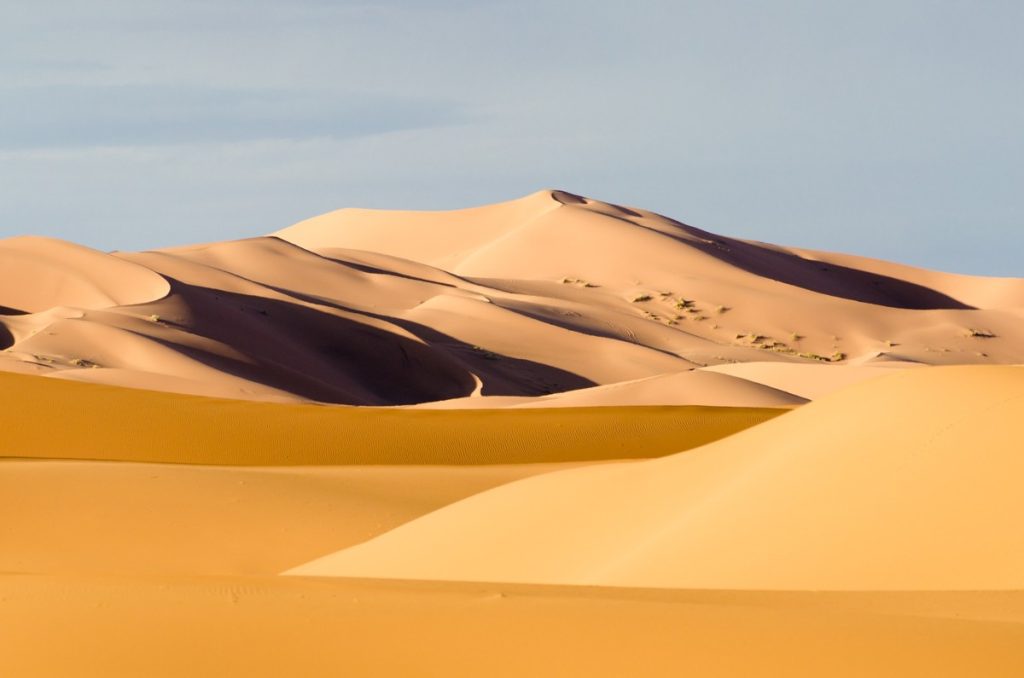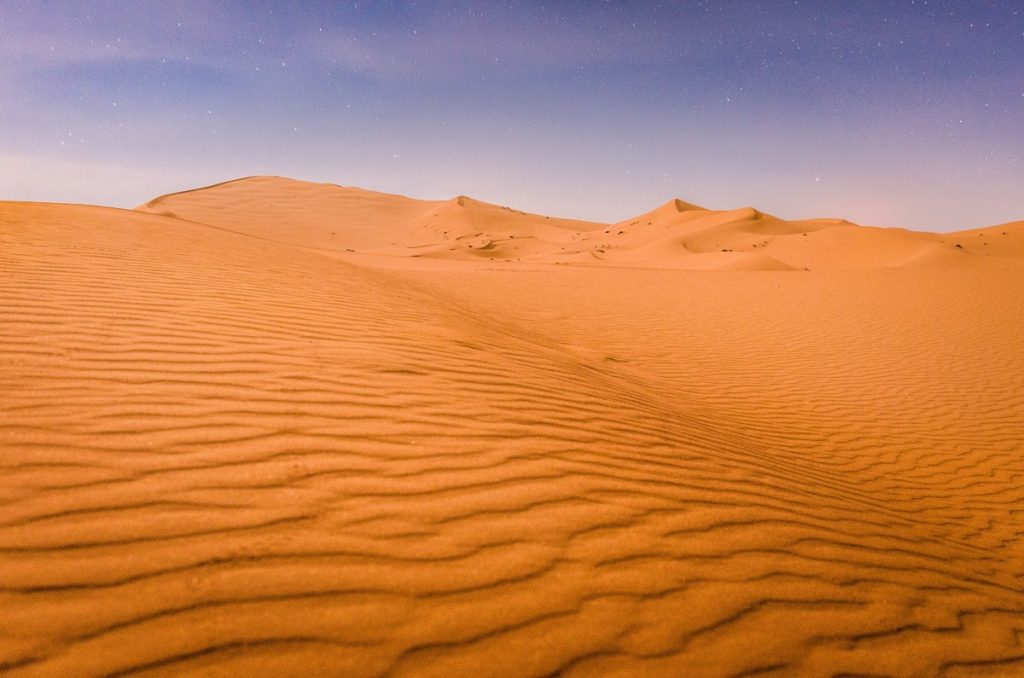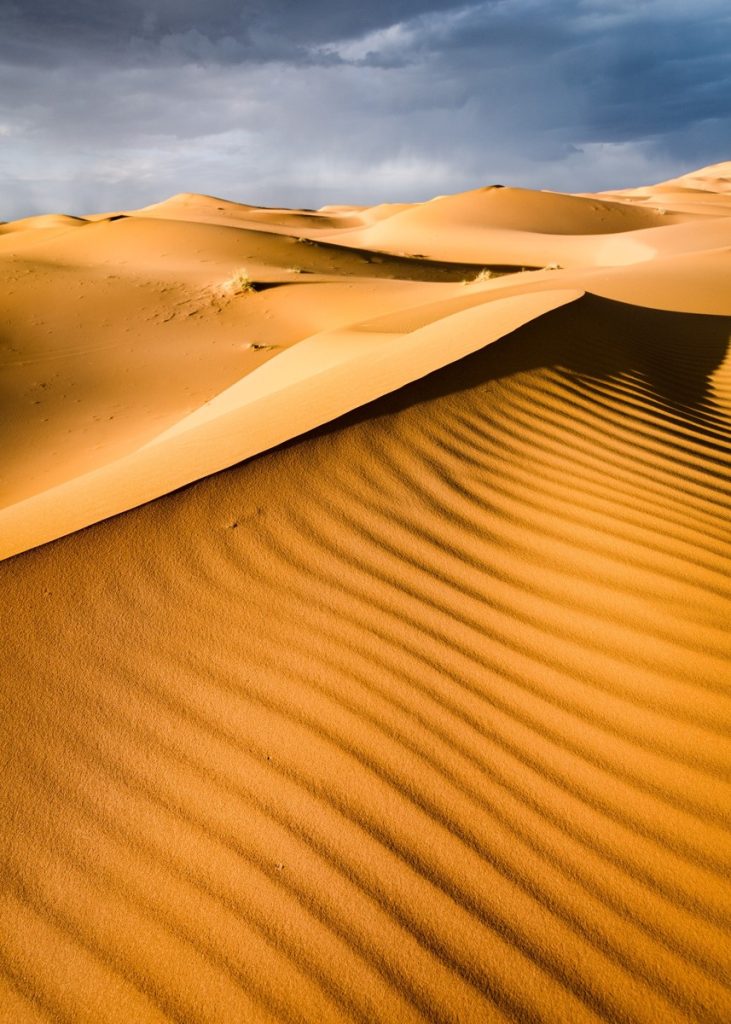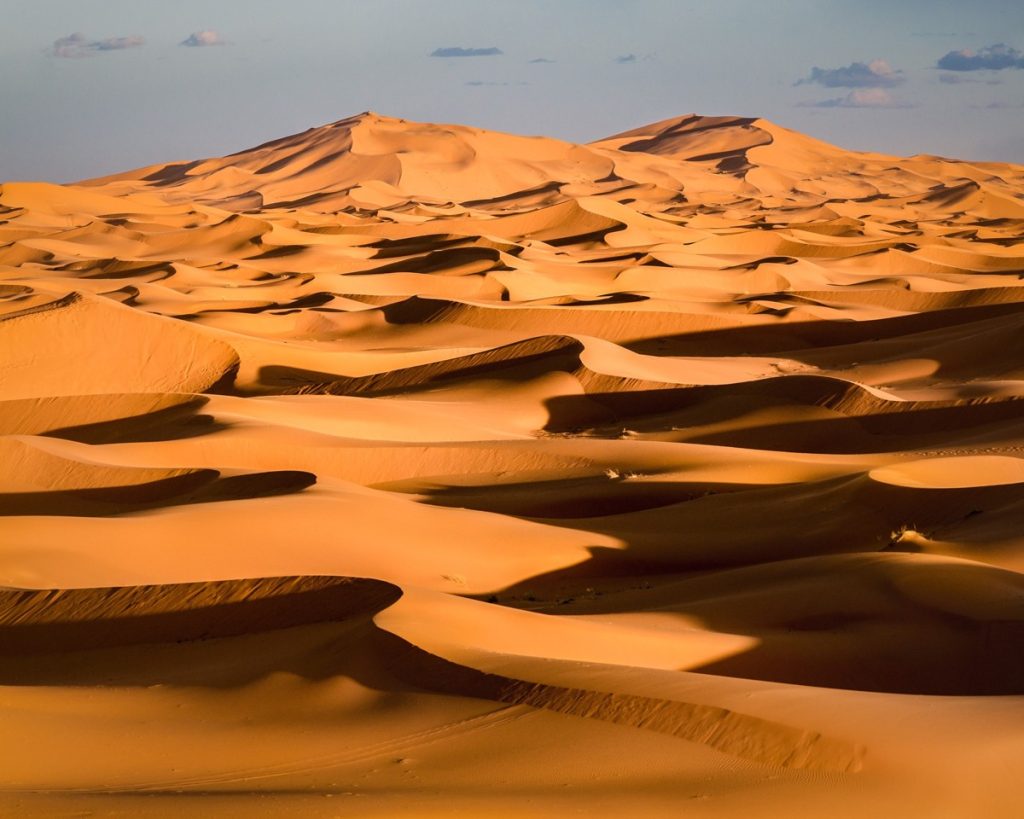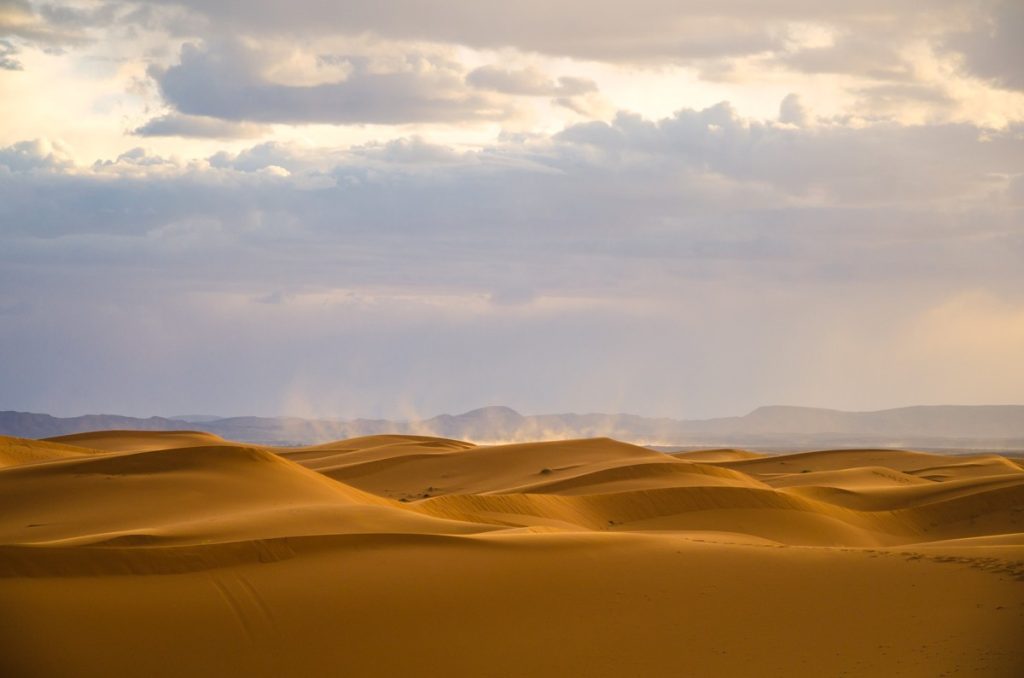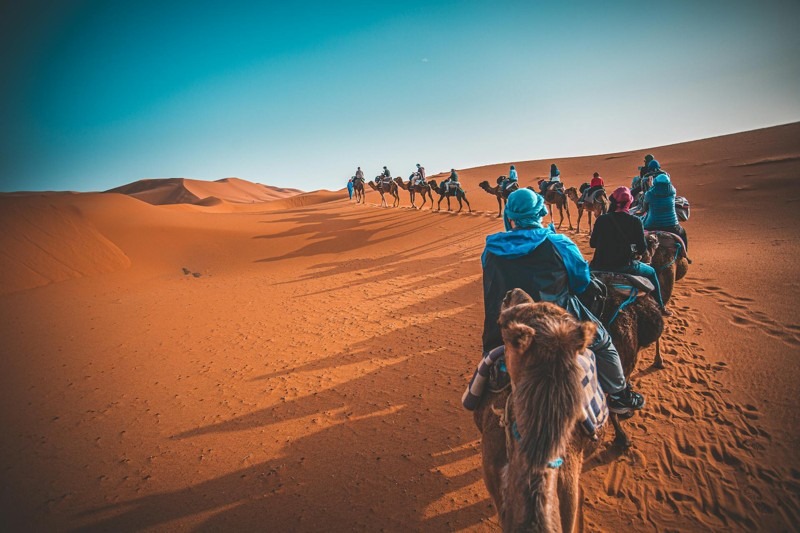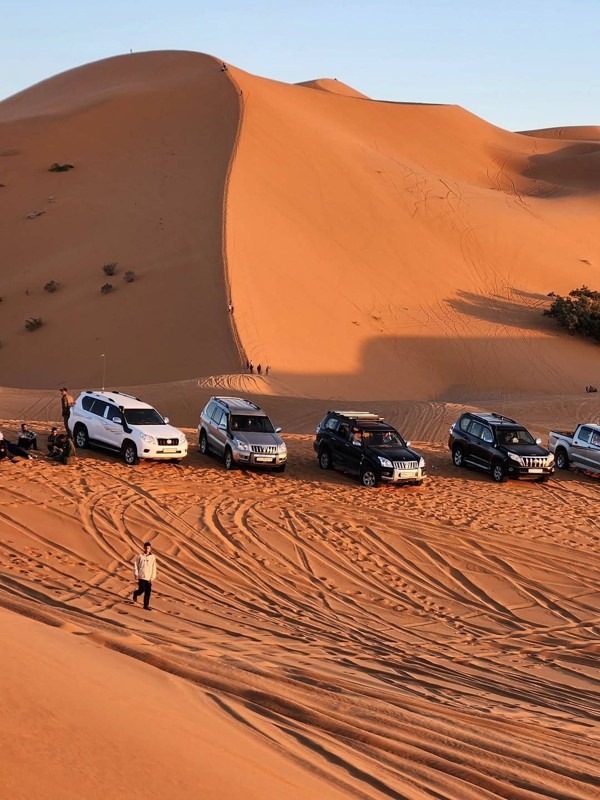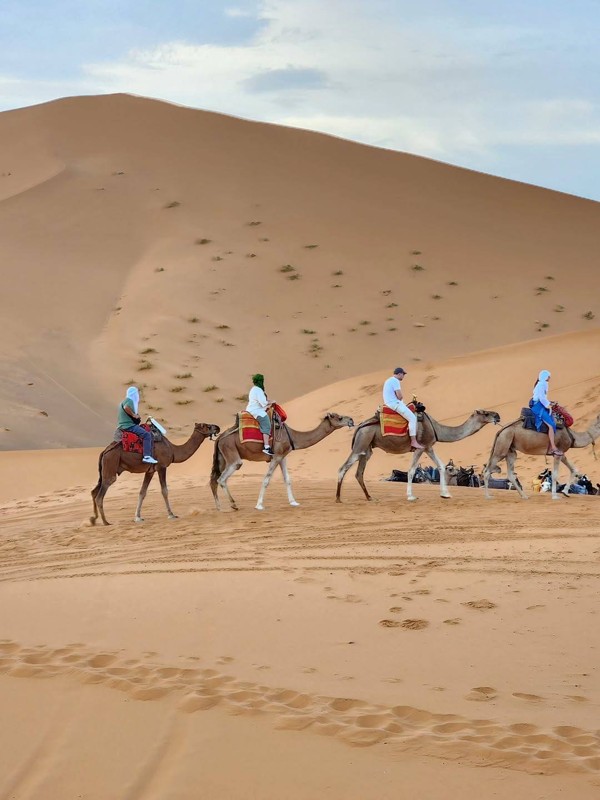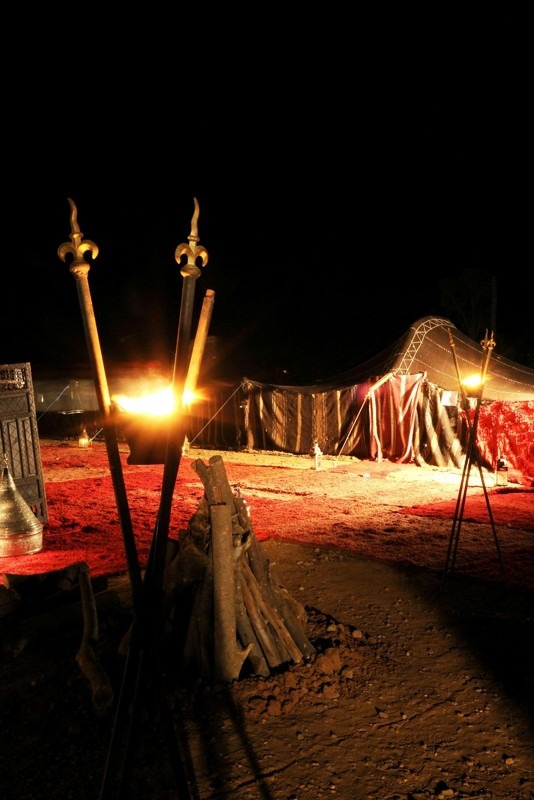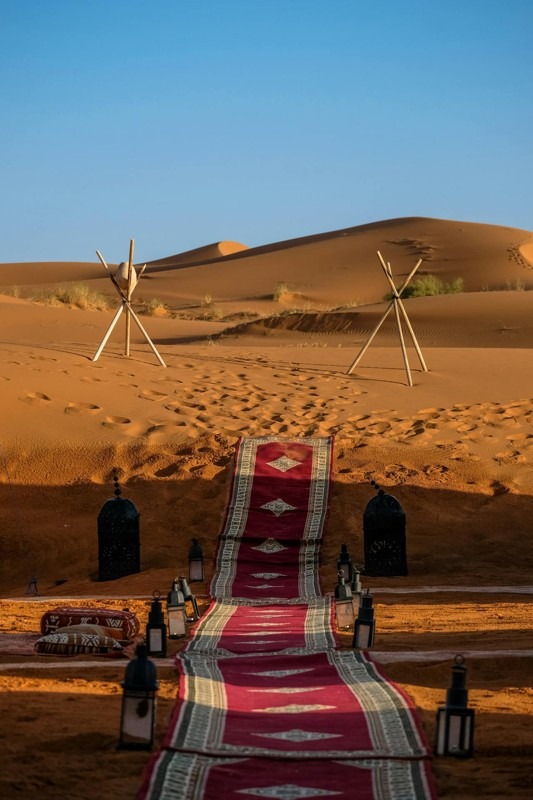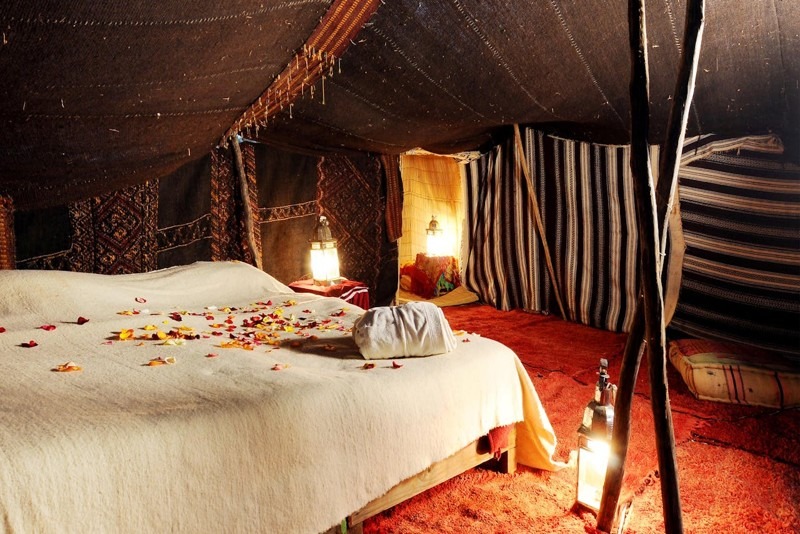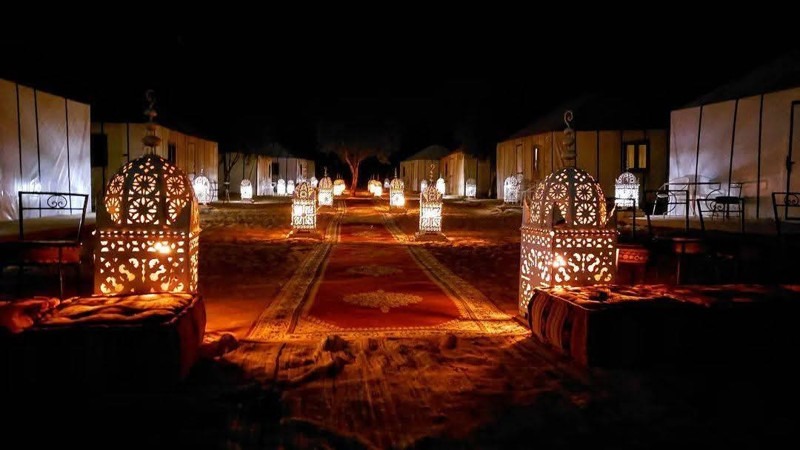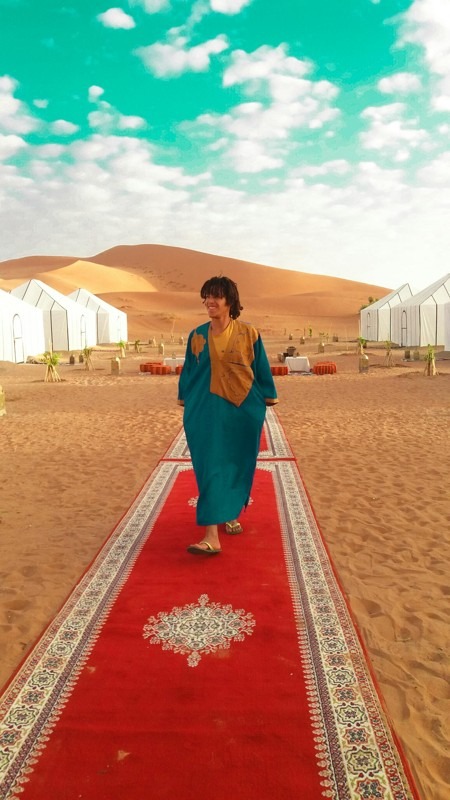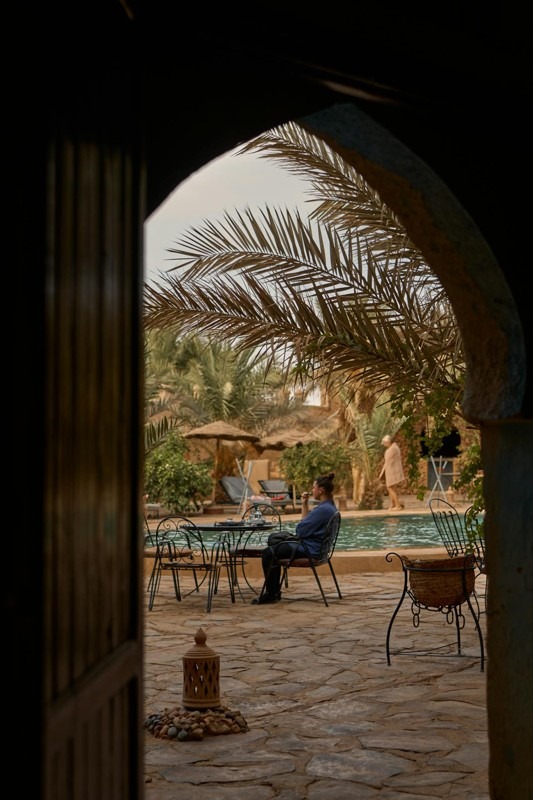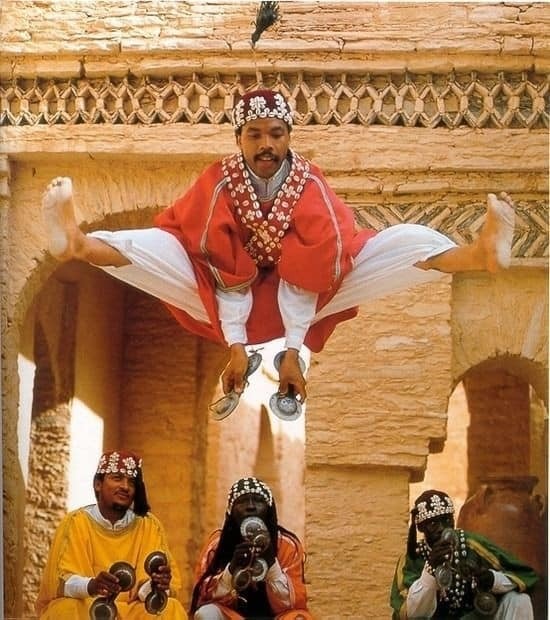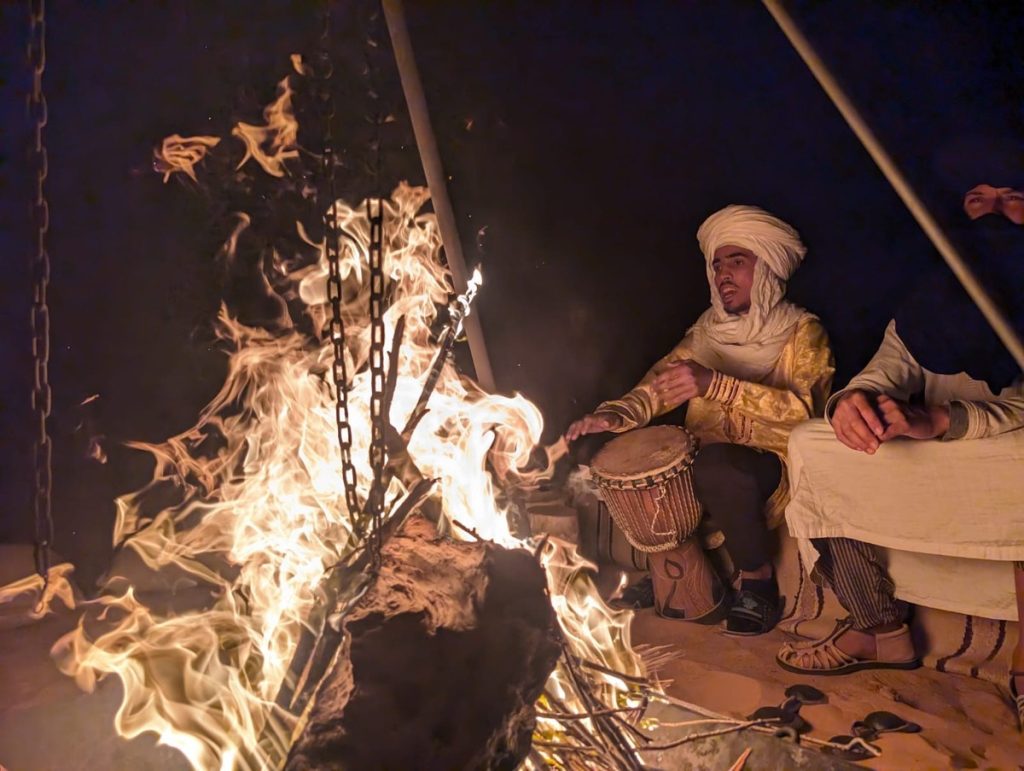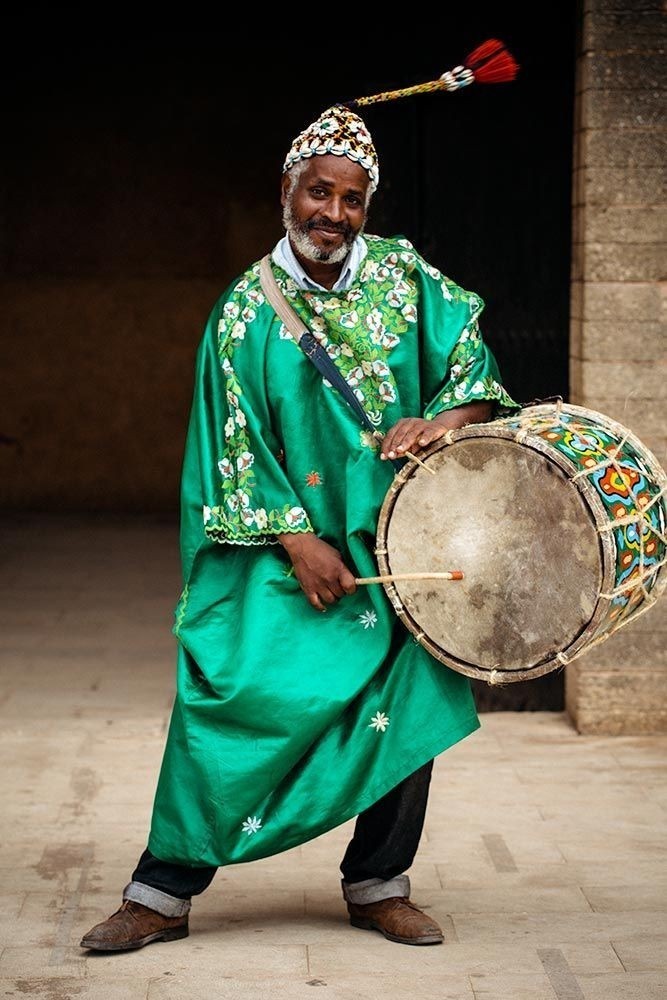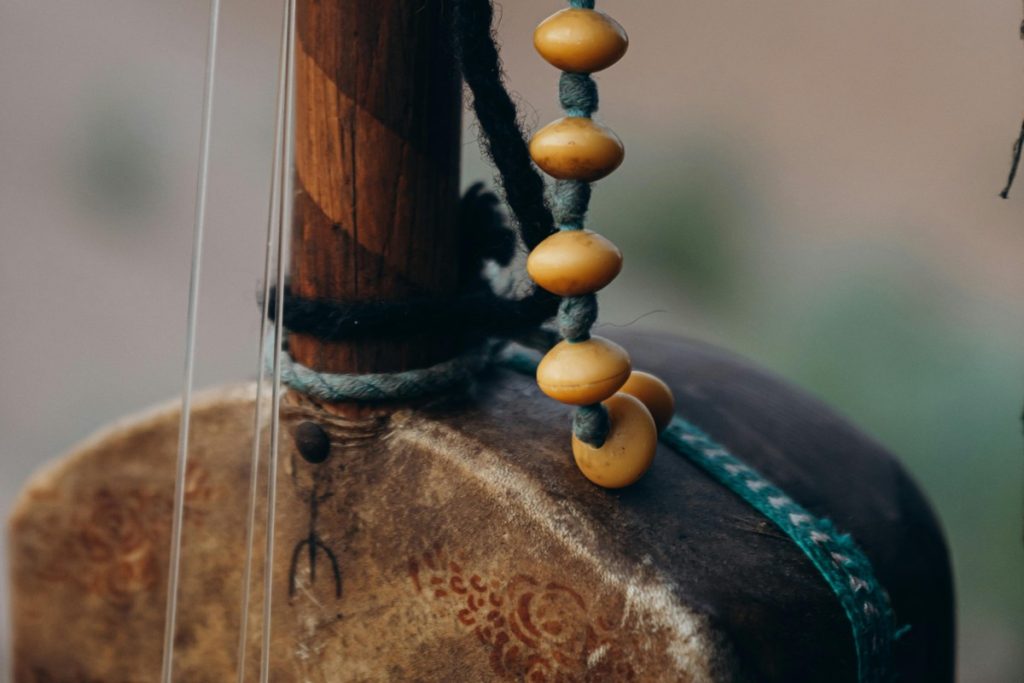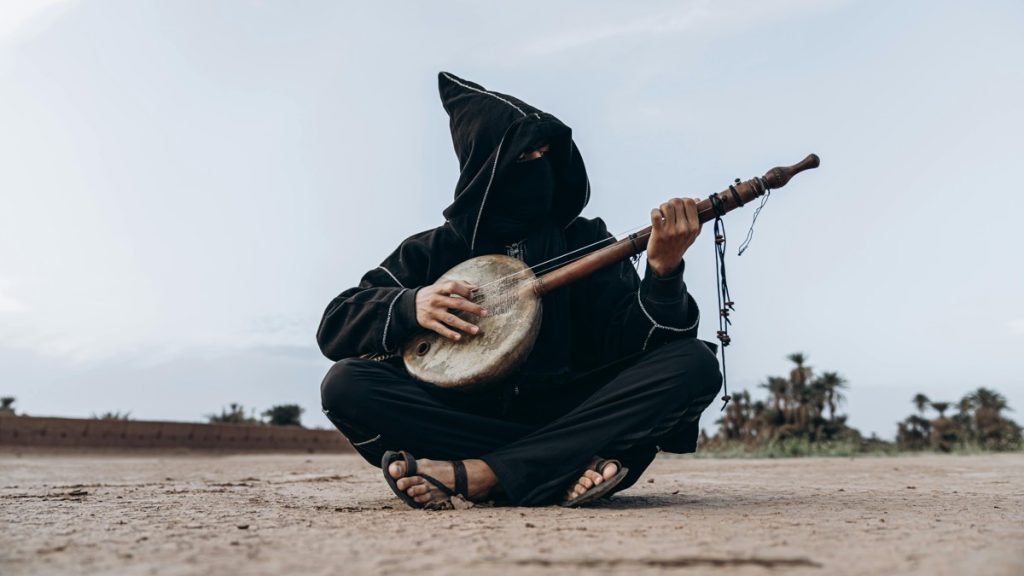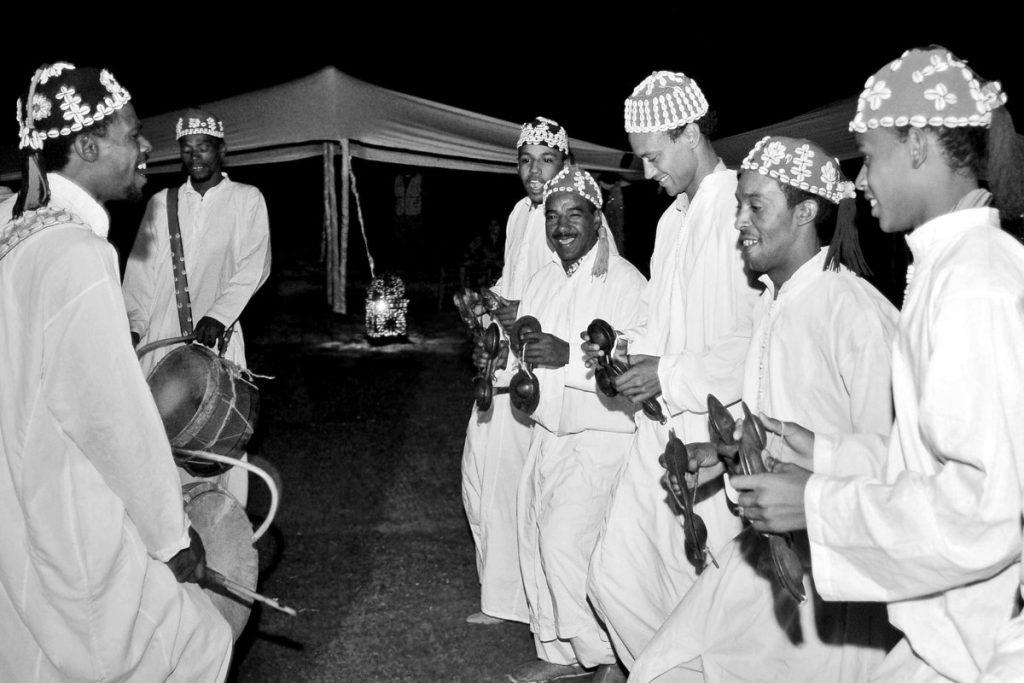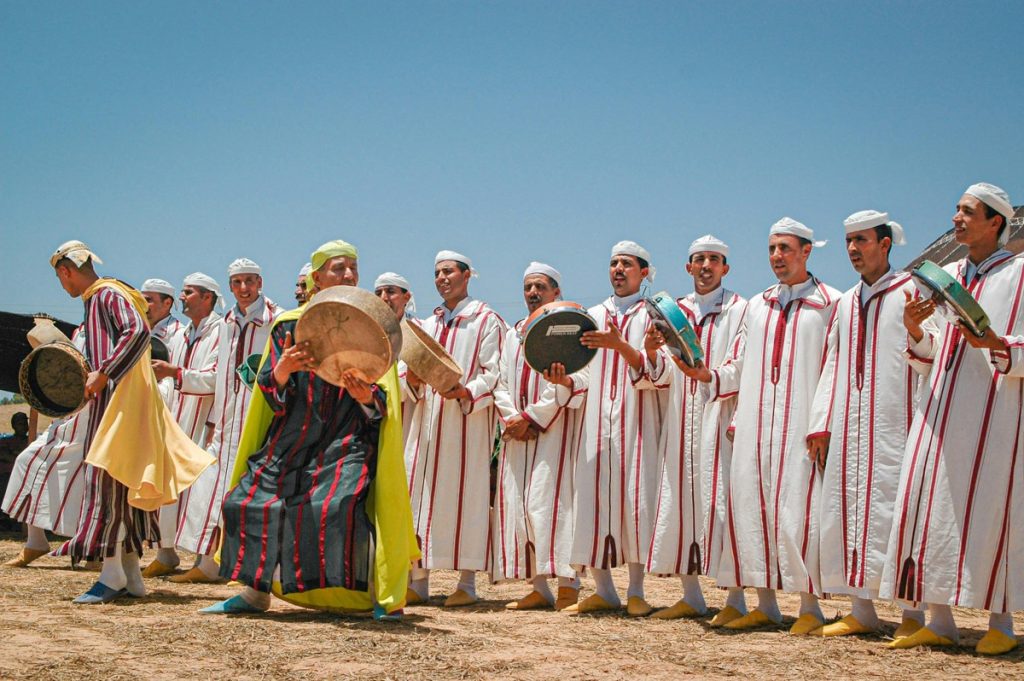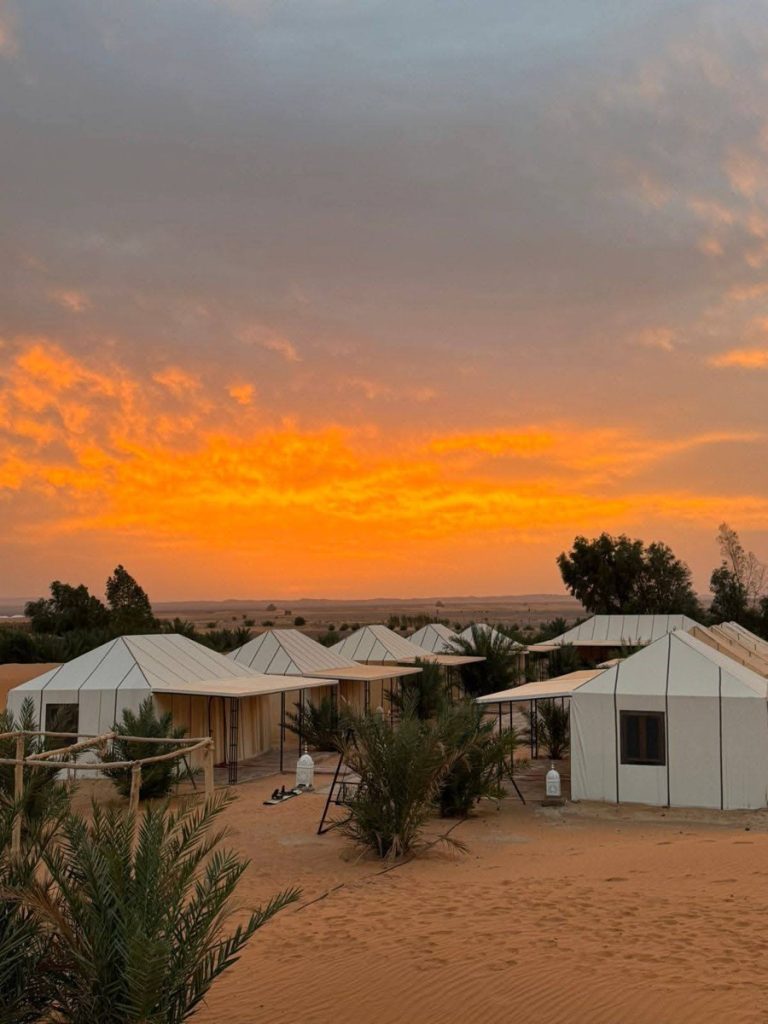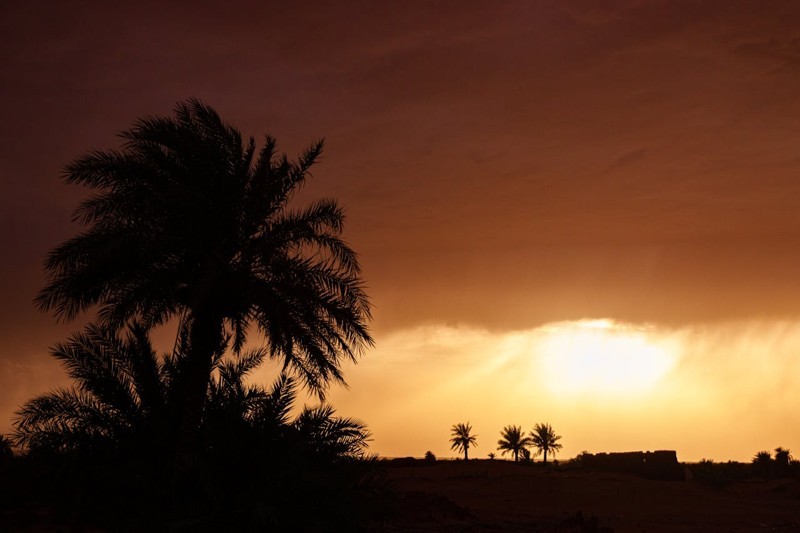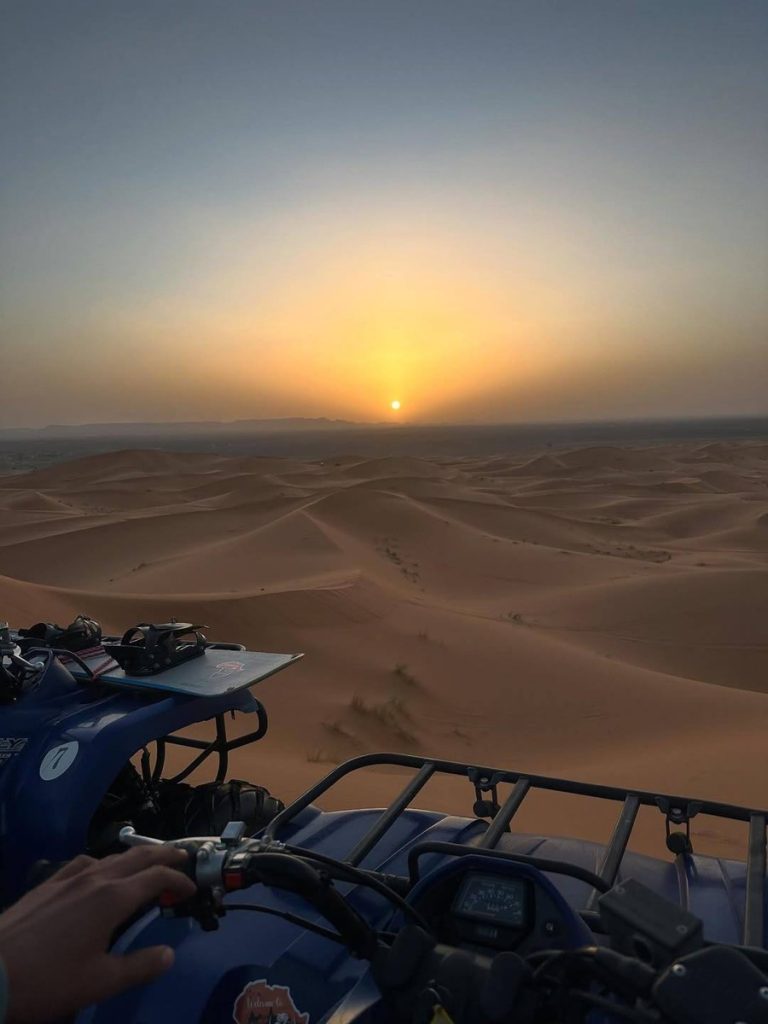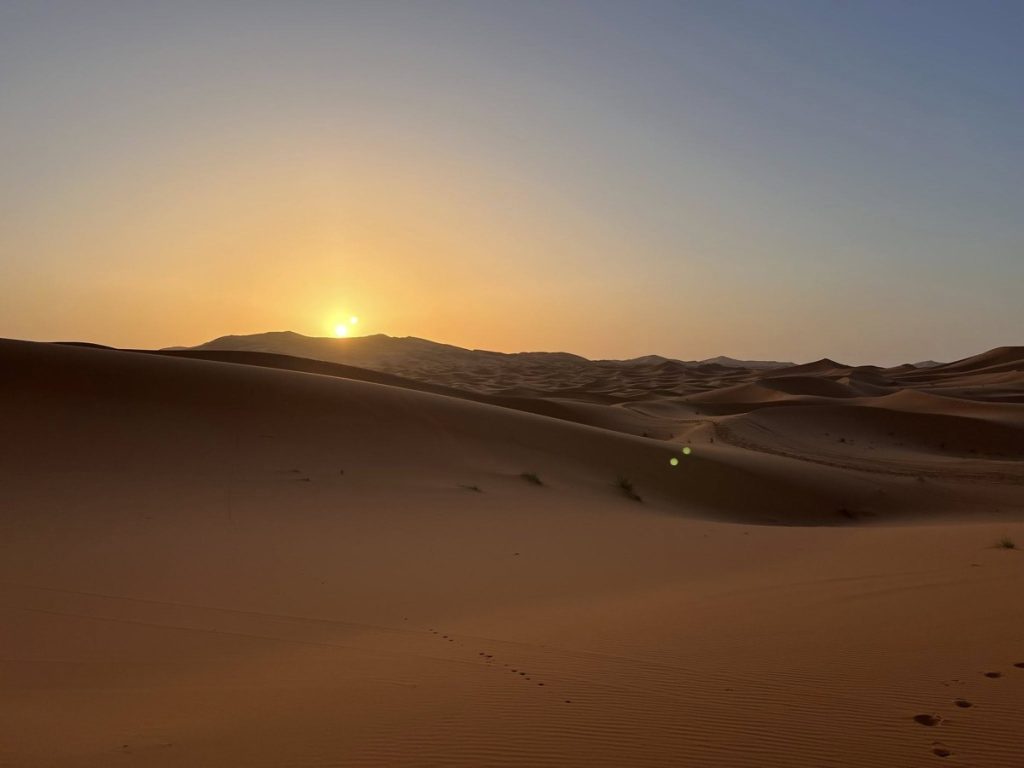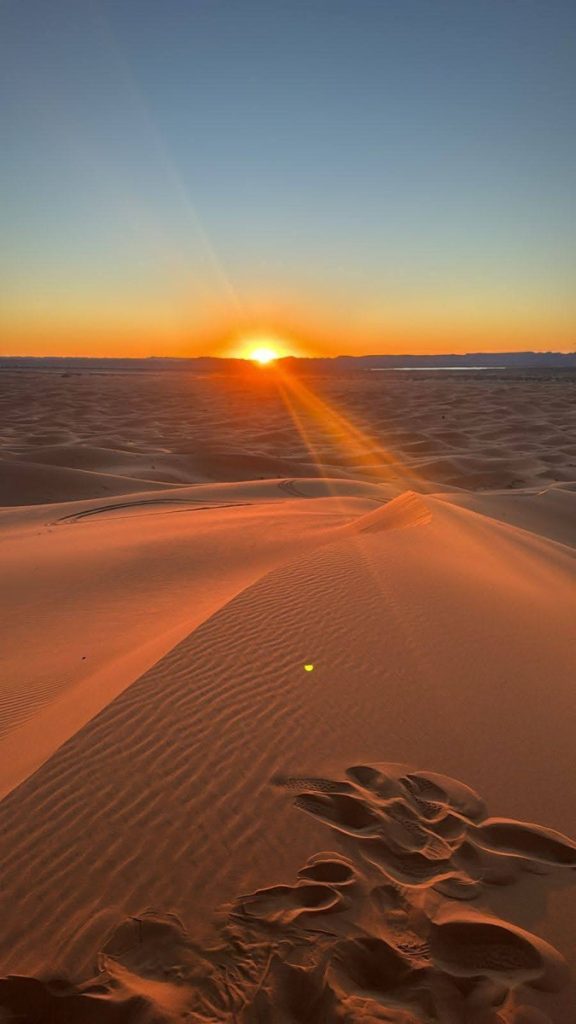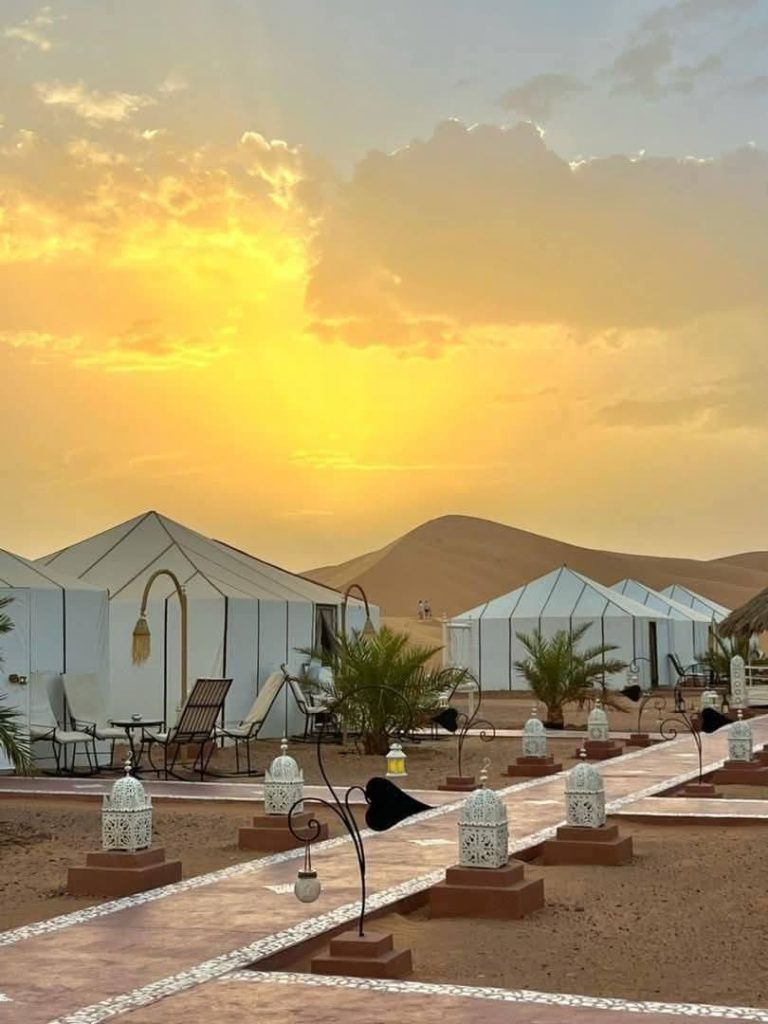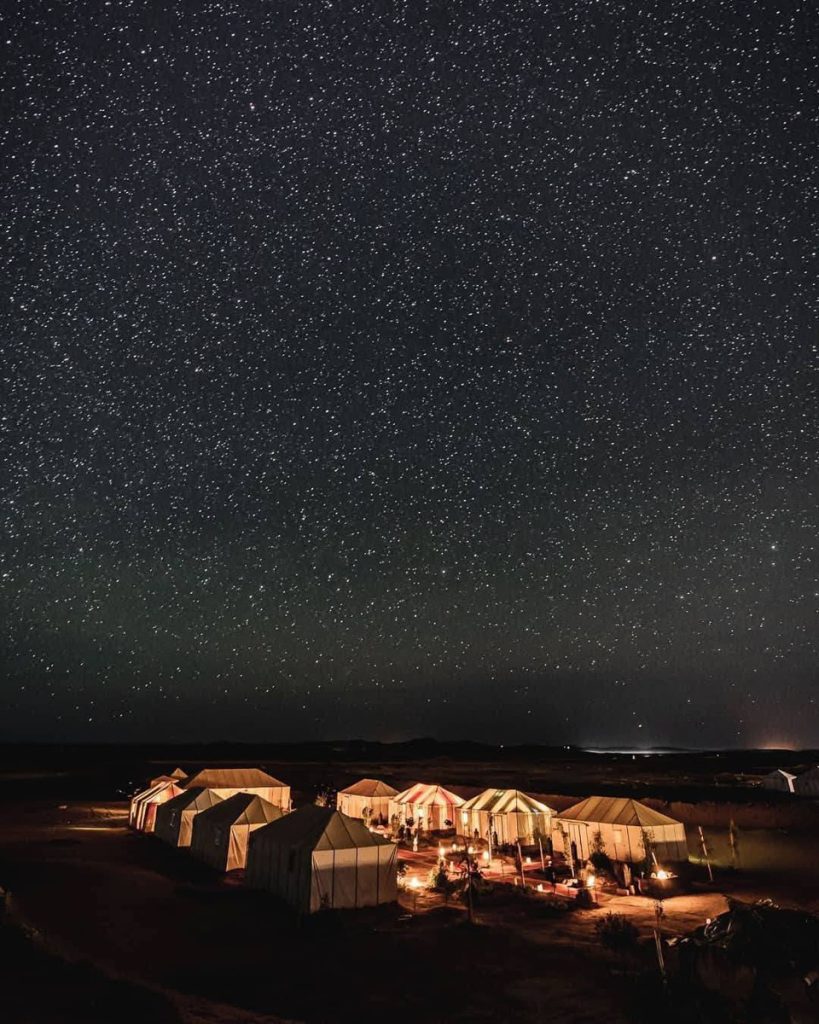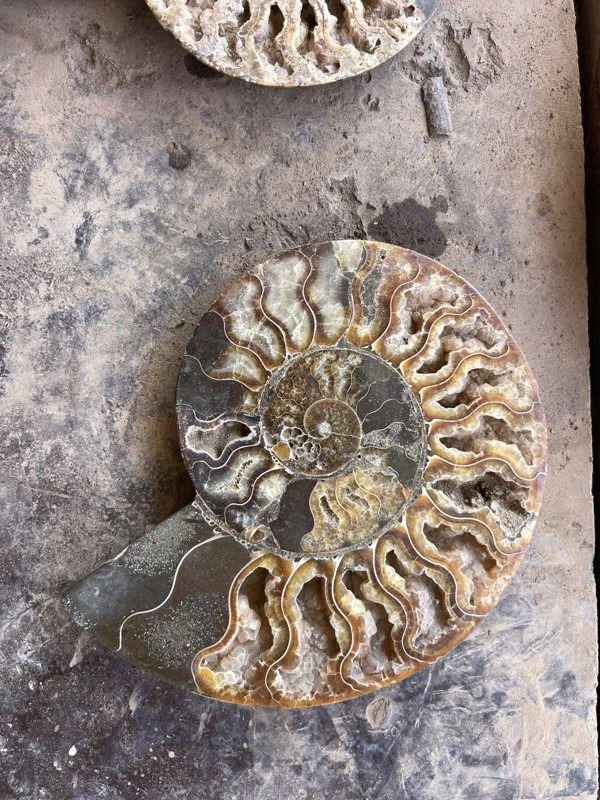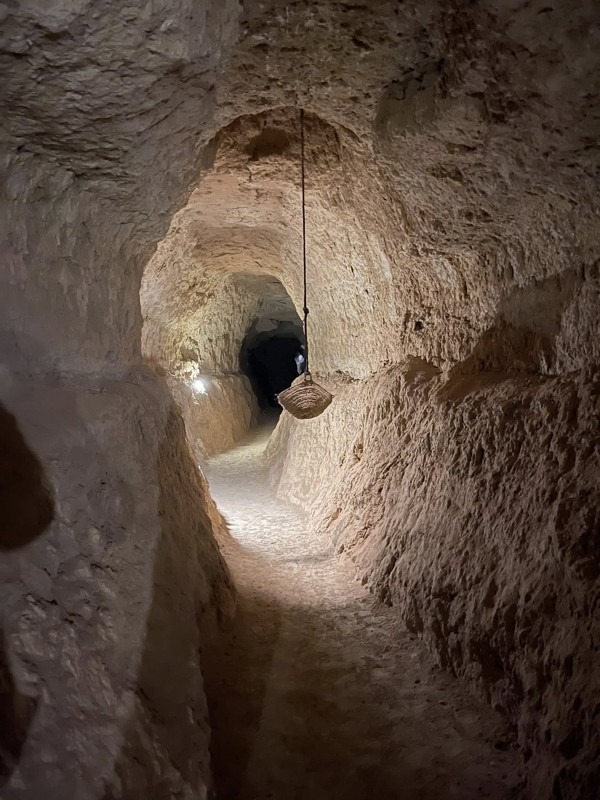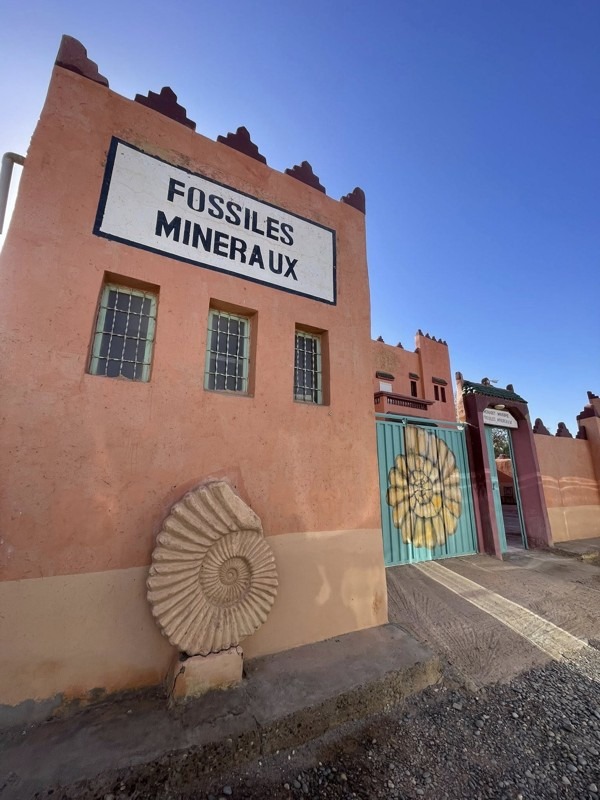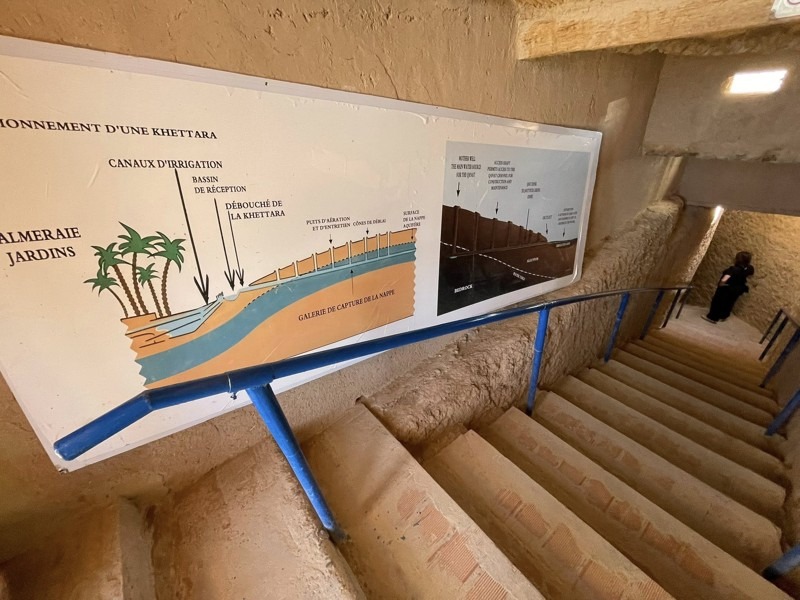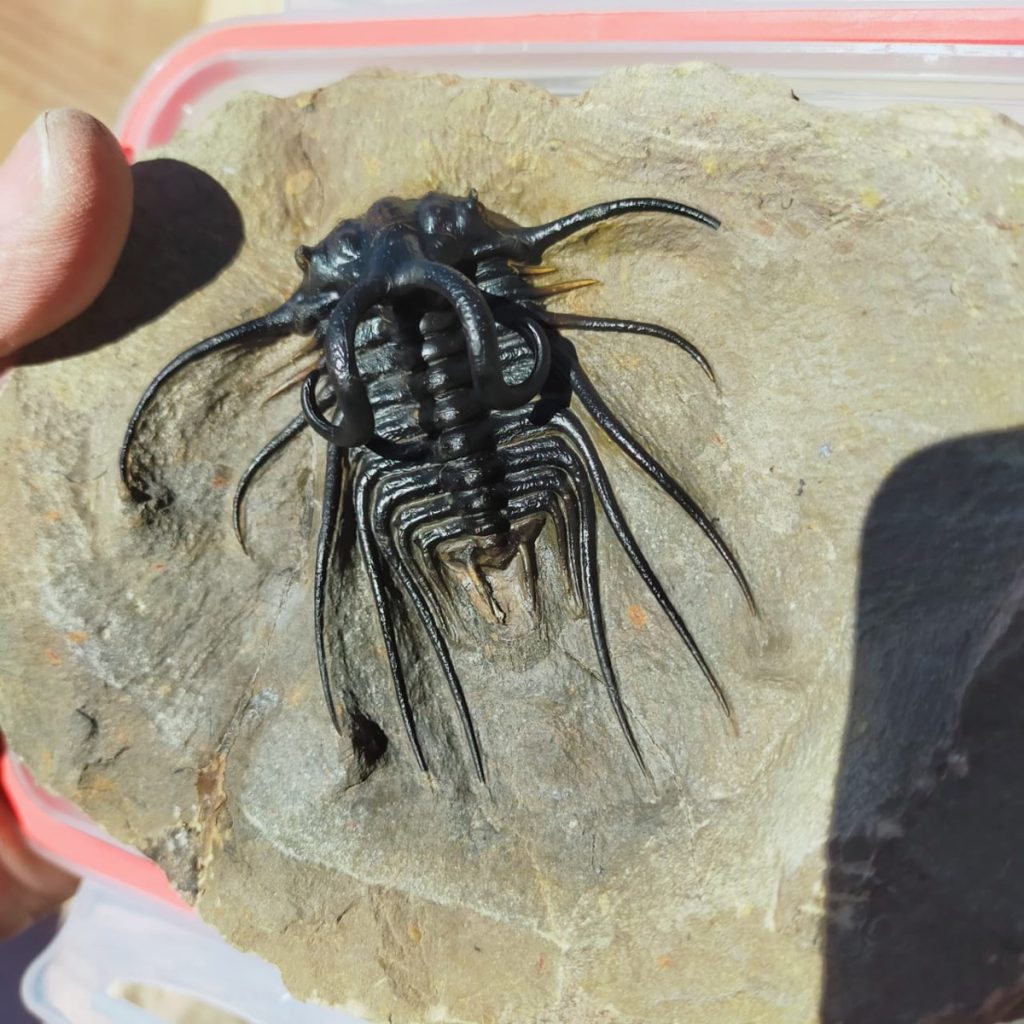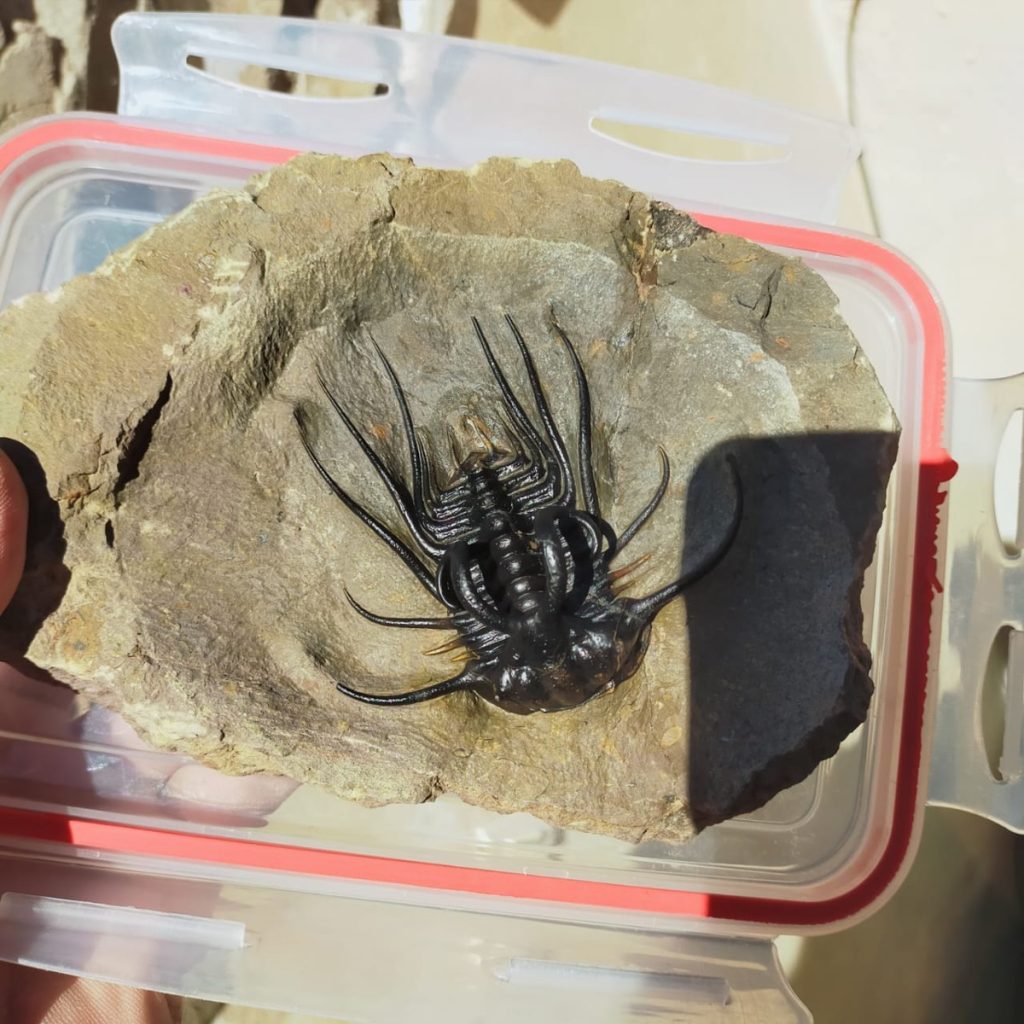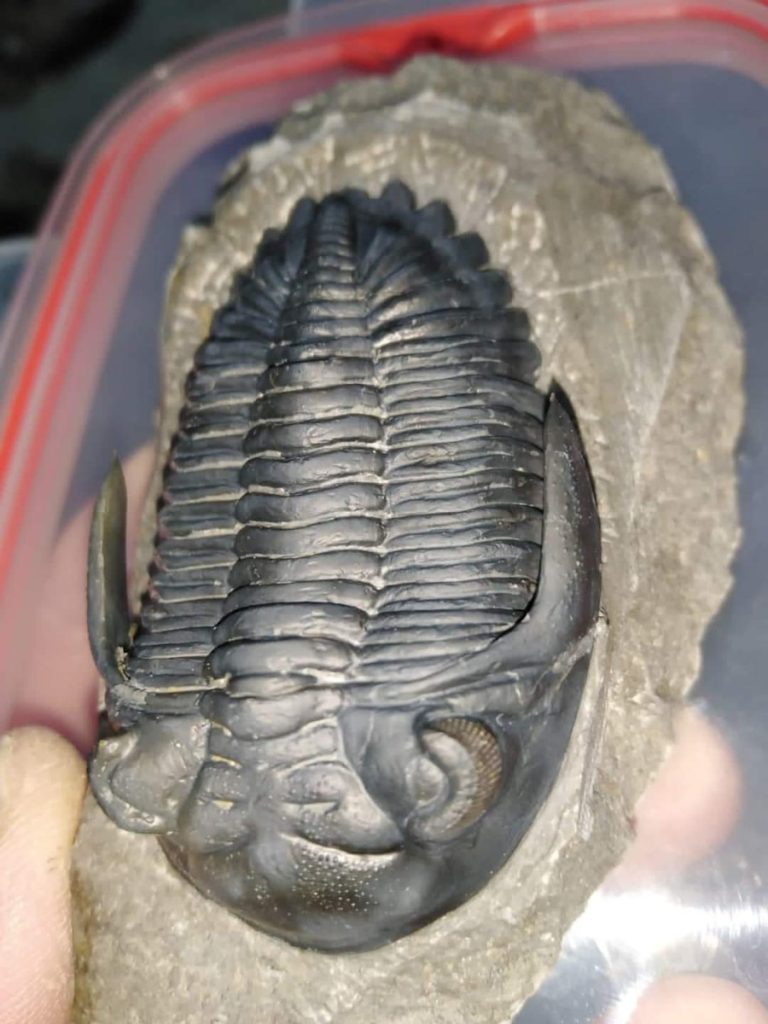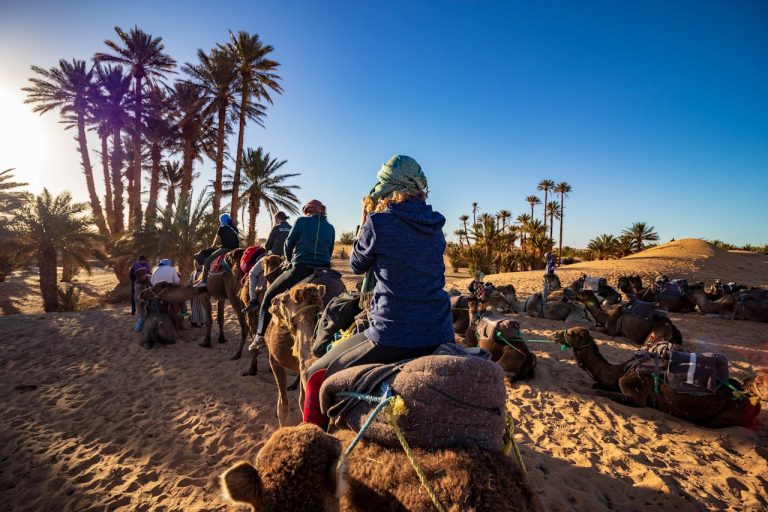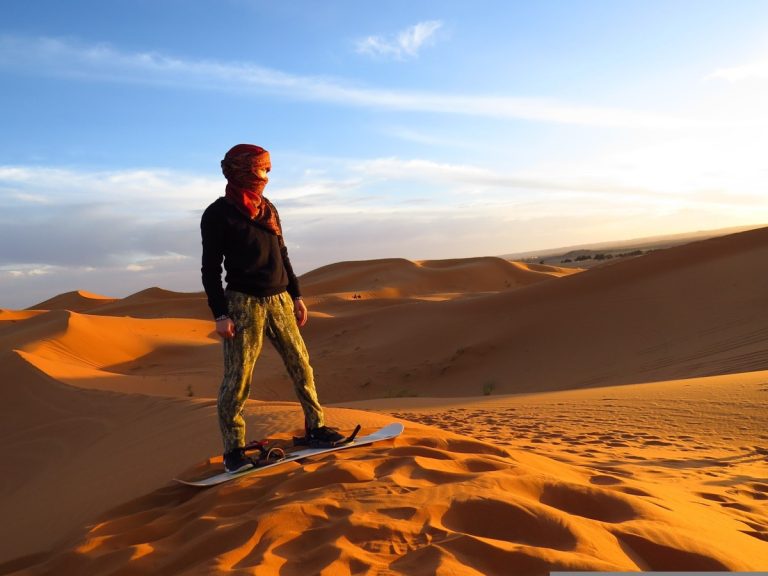Morocco Guided 4×4 Desert Tours: Unlock the Sahara
Morocco Guided 4×4 Desert Tours changed everything I thought I knew about desert travel. After decades of exploring every corner of my homeland, I still get those butterflies—you know the ones—when a 4×4 climbs toward the High Atlas peaks with nothing but ancient rock and endless sky ahead. There’s something raw about it, something that makes you feel wonderfully small and impossibly alive all at once.
Let me tell you something I’ve learned from years of guiding travelers through these landscapes: the desert doesn’t reveal itself to everyone equally. Sure, you can take a bus tour and tick boxes, but the real Morocco—the one that lives in whispered stories around campfires and in the wrinkled smiles of Berber grandmothers—that Morocco only opens up when you’re willing to venture beyond the paved roads and tourist-trap kasbahs.
I remember my first proper desert expedition at sixteen, squeezed between my uncle and three cousins in an old Land Rover that smelled like diesel and mint tea. We had a flat tire somewhere near the Draa Valley (always pack extra spares, by the way), and while the men changed the tire, my grandmother pointed toward the horizon where the sand seemed to shimmer like liquid gold. “The desert teaches patience, habibti,” she said. “Everything here happens in its own time.” She was right, of course. She usually was.
Why Private 4×4 Tours Transform Your Moroccan Experience
Here’s what nobody tells you in those glossy brochures: the type of vehicle you choose fundamentally shapes your entire desert journey. Private 4×4 desert expeditions aren’t just about comfort—though I won’t lie, air conditioning when you need it and windows down when you want that Atlas breeze are pretty magnificent—they’re about access and authenticity.
Those large tour buses? They’re stuck on main highways, stopping at the same commission-based carpet shops where guides get kickbacks for herding you through predictable purchases. But a nimble 4×4 can snake through mountain passes so narrow you’ll hold your breath, where Berber women still wash clothes in mountain streams and children wave from villages that don’t appear on any tourist map. I’ve taken these routes hundreds of times, and they still surprise me. Last month, we stumbled upon a local wedding celebration in a tiny mountain hamlet—the family insisted we join for tea and almond pastries. Try getting that experience from a 40-seat coach.
The thing about Morocco 4×4 adventures is they operate on a different rhythm entirely. Your driver (choose wisely—we’ll get to that) becomes part navigator, part cultural translator, and part conspiracy co-creator. When you mention you’re fascinated by traditional bread-making, suddenly you’re stopping at someone’s home, flour on your hands, learning techniques passed down through generations. When you’re curious about those blackened palm trees near Todra Gorge—yeah, there’s a story there involving a virus, a controlled burn, and nature’s remarkable resilience—you get the real narrative, not the sanitized version.
Planning Your Desert Adventure: What Actually Matters
I’m going to be honest with you about something that drives me slightly crazy: people obsessing over which color headscarf to pack while completely ignoring the crucial decisions that’ll make or break their trip. Let’s talk about what genuinely matters when you’re planning guided Sahara 4×4 tours.
The Route Question: Marrakech-Fez vs. Round-Trip
Most first-timers instinctively book round-trip tours from Marrakech because it feels simpler. I get it. But hear me out—the Marrakech to Fez route is superior for several reasons, and I’m not just saying this because I love Fez (though I absolutely do). First, you’re not backtracking over the same scenery, which after three days of driving matters more than you’d think. Second, the route encompasses more diverse landscapes: you’ll experience the High Atlas peaks, the Middle Atlas cedar forests, and everything between without redundancy. Third—and this is the bit that really sells it for me—Fez itself deserves at least two days of exploration. It’s Morocco’s spiritual heart, and rushing through it to catch a bus back to Marrakech would be criminal.
The drive from Marrakech to the Erg Chebbi dunes near Merzouga is approximately 560 kilometers—roughly nine hours of pure driving without stops. From Fez, it’s about 470 kilometers. Either way, you’re looking at significant road time, which is exactly why choosing the right touring style becomes critical.
The Three-Day vs. Four-Day Dilemma
Look, I’ll be straight with you: book the four-day experience if you possibly can. I know, I know—budgets exist, vacation days are limited, and your boss is terrible about time off. But those travelers who cut it to three days almost universally message me afterward with a tinge of regret in their words. That extra day isn’t just about seeing more dunes (though the dunes are spectacular). It’s about slowing down enough to actually absorb where you are.
With four days, you can arrange experiences that three-day tours simply can’t accommodate: a proper cooking class with Berber families where you’re not rushed, where you can ask questions about spice combinations and watch the bread rise. Dinner with a family in Khamlia village, where I learned about Gnawa music and the descendants of enslaved Africans who made something beautiful out of terrible conditions. Meeting people from the commune, learning about the problems with water scarcity, and hearing about solar energy projects that are changing the lives of people in remote areas. These aren’t extras; they’re what makes real travel real.
Choosing Your Tour Company: Beyond the Generic Website
This is where things get interesting (and occasionally frustrating). There are approximately 4,000 tour companies in Morocco claiming to offer “authentic desert experiences.” Some are excellent. Many are mediocre. A few are genuinely terrible and should be avoided like expired dairy products in August heat.
I’ve seen travelers choose companies based solely on having the lowest price, then spend three days being shuffled through carpet shops and “cultural demonstrations” that are basically aggressive sales pitches in disguise. The companies make their money on commissions, not on your satisfaction. You become a commodity rather than a guest.
For private Morocco desert tours, expect to pay somewhere between $600 and $900 per person for a quality three-day experience, more for four days. Yes, you can find cheaper options—vendors in the Marrakech souks will approach you constantly with “special friend prices”—but remember that their business model isn’t built on TripAdvisor reviews and repeat customers. They’re targeting volume, not value.
What to Look for in a Tour Operator:
Communication style matters enormously. WhatsApp conversations are fine for initial contact (and yes, you’ll need WhatsApp installed—it’s how Morocco operates), but insist on a phone call before booking anything. Text messages lose nuance. What sounds like a cooking class might turn out to be watching someone cook while you stand around awkwardly. What you imagine as an intimate cultural exchange might be a performative show for twenty people.
Ask specific questions: Can we customize our route? What happens if we want to skip the carpet factory? Are meals included, and where exactly will we eat? (Hotel restaurants are fine; roadside tourist traps where every tour bus stops are not.) How many years has our specific driver been operating tours? What’s his background—is he Berber, from the region, actually knowledgeable about local culture beyond regurgitated facts?
Reviews are helpful, but read them critically. Don’t just read “amazing experience!!!” with no details about what really happened. Recent reviews matter more than old ones—staff changes, standards slip, and companies get sold.
The Geography: What You’ll Actually See
Let me paint you a proper picture of what 4×4 Morocco desert journeys look like geographically, because the distances are substantial and the landscapes shift dramatically.
High Atlas Mountains: The Gateway
Departing Marrakech, you’ll cross the Tizi n’Tichka pass—at 2,260 meters, it’s the highest mountain pass in North Africa. The road switchbacks through terrain that shifts from green valleys with walnut trees to barren rocky peaks where snow lingers into spring. This isn’t gentle rolling hills; this is serious mountain territory where you understand why the Berbers remained unconquered for centuries. The geography itself is a fortress.
Your 4×4 can take routes here that buses simply cannot—narrow mountain roads where you’ll pass villages clinging to cliffsides, where the architecture seems to grow organically from the rock itself. Adobe and stone, earth-colored and ancient, blending seamlessly with the landscape. I’ve watched sunrise from these heights dozens of times, and it never stops being magical—the way the light catches the peaks, turning them pink, then orange, then fierce gold.
Aït Benhaddou: Cinema’s Favorite Kasbah
Everyone stops at Aït Benhaddou. It’s UNESCO-listed, it’s been in approximately 6,000 films (okay, maybe I’m exaggerating slightly—but it’s been in Gladiator, Game of Thrones, The Mummy, and countless others), and yes, it can feel touristy. But here’s what makes it worthwhile with a knowledgeable guide: understanding that this wasn’t built as a set. This is a real fortified village dating back to the 17th century (possibly earlier), constructed along ancient caravan routes when salt and gold passed through here on their way north.
The architecture is called ksar—communal fortified villages with shared defensive walls. The buildings are made from pisé (rammed earth) mixed with straw, incredibly effective at regulating temperature. Walk through in August heat, and the interior rooms remain surprisingly cool. The craftsmanship is stunning—carved wooden doors, geometric patterns, spaces designed around communal courtyards. A few families still live in the upper portions, though most residents relocated to the modern village across the river, where electricity and plumbing are more reliable.
Dadès and Todra Gorges: Where Earth Touches Sky
The Moroccan desert landscape isn’t all sand dunes (though we’ll get there, I promise). The gorges are some of my favorite places in the entire country—massive limestone cliffs rising 300-400 meters, carved over millennia by rivers that still flow (though they’re getting smaller due to climate change and increased water usage, which is another conversation entirely).
Todra Gorge in particular is breathtaking. At its narrowest point, the canyon walls are only 10 meters apart, creating this incredible corridor of stone. The light shifts constantly—morning brings soft oranges and pinks, midday creates dramatic shadows, and late afternoon turns everything golden. Rock climbers come from around the world for the challenging routes here. I’m not a climber myself (vertigo, unfortunately), but I love watching them, these tiny figures scaling impossible-looking faces.
Your 4×4 can drive right through the gorge, stopping wherever something catches your attention. That’s the beauty of private 4×4 exploration—no rushing because the bus needs to keep its schedule. You can spend twenty minutes watching how the water flows through irrigation channels, examining centuries-old qanat systems that brought water down from the mountains. These underground channels are engineering marvels, some dating back to the 14th century, all dug by hand. Many are dry now—climate change, lowered water tables from modern pumping, and years of drought. It’s honestly heartbreaking.
The Sahara Experience: Erg Chebbi Dunes
Now we arrive at what you’re really here for. The Sahara Desert 4×4 experiences justify every hour of driving, every cramped moment in the vehicle, and every “are we there yet?” thought.
The Erg Chebbi dunes near Merzouga are what people picture when they imagine the Sahara—enormous sand mountains reaching up to 150 meters high, rippling in shades from pale gold to deep amber depending on the light. These aren’t the rocky deserts of Zagora (which honestly disappoints most visitors who were expecting Lawrence of Arabia and get something more like Nevada). These are proper, Instagram-worthy, childhood-dream-fulfilling sand dunes.
The 4×4 Approach
Switching from your comfortable touring 4×4 to the desert-specific vehicles is part of the ritual. These machines are modified for sand-specific tires, lighter weight, and drivers who’ve been navigating these dunes since they were teenagers. The ride gets bouncy (understatement). You’ll grip whatever handlebar exists and laugh nervously as the vehicle climbs dune faces that look impossibly steep. Your driver will probably show off a bit—Moroccans have a flair for the dramatic, and desert drivers are no exception.
That moment when you crest a dune and suddenly the landscape opens up into an ocean of sand stretching to the horizon… honestly, no photograph captures it. The scale is overwhelming. The silence is profound. Even the air smells different—clean and dry and ancient somehow.
Camel Trekking: The Essential Experience
Look, I’m going to level with you about camel rides in Morocco—they’re simultaneously more and less dramatic than you’re imagining. The camels (technically dromedaries, but nobody calls them that) are generally docile, well-trained, and accustomed to nervous tourists. They’re also tall, which means getting on involves some undignified scrambling, and getting up from their kneeling position involves lurching movements that make you grab the pommel and wonder about your life choices.
But once you’re moving, once the caravan is swaying across the dunes in that distinctive rocking gait, once you’re high enough to see the full expanse of sand and sky… it’s meditative, actually. We typically start around 5 PM when the heat has eased. The ride to the luxury desert camp takes 45-60 minutes, plenty of time to adjust to the rhythm, to notice how the shadows lengthen across the dunes, and to spot the beetles leaving their tracks in the sand.
What to Wear: Sandals with ankle straps are ideal—you’ll want to walk barefoot in the sand later, and sneakers are annoying to remove and tie around the saddle. The sand isn’t hot in the late afternoon, so don’t worry about burning your feet. Headscarves are optional but add to the experience and make for better photos (let’s be honest about why we all want them). You don’t need them for sun protection at this hour, but they help with any breeze-blown sand and make you feel properly adventurous.
Desert Camps: Luxury Under the Stars
Luxury desert camps in Morocco span a wide range, so “luxury” deserves some unpacking. At minimum, expect proper beds (not just mattresses on sand), private bathroom facilities with actual plumbing (though water comes from tanks, so be conservation-minded), and electricity—usually solar-powered, often available at specific hours for charging devices.
The better camps have Berber-style tents with thick rugs, carved wooden furniture, colorful textiles, and genuine attention to aesthetic detail. You’re not exactly roughing it when you’re sleeping on comfortable mattresses with wool blankets (yes, you’ll need them—desert nights get surprisingly cold, even in summer).
Dinner is typically a multi-course affair served in a communal tent. Expect tagines (obviously), salads, couscous, and fresh bread. The food isn’t fancy, but it’s well-prepared and generous. You’ll eat with whoever shared your camel trek, which can mean meeting interesting people from around the world or occasionally dealing with someone who won’t stop talking about their Instagram following. Risk of travel, really.
After dinner, there’s usually Berber music around a bonfire—drums, singing, and sometimes dancing. The enthusiasm varies depending on the group’s energy and the guides’ mood. Some nights it’s genuinely transporting; other nights it feels a bit performative. I’ve experienced both. Either way, it’s pleasant to sit under more stars than you knew existed (truly—the Milky Way is visible, the sky is enormous, and you’ll finally understand why ancient peoples were obsessed with celestial navigation) while listening to rhythms that have echoed across these dunes for centuries.
Sunrise in the Sahara: Worth the Early Wake-Up
Everyone asks if the sunrise is mandatory. Technically no. Realistically? You’ll regret missing it. The alarm goes off around 6 AM (official sunrise is roughly 7:15, but you want to be positioned beforehand). The sand is soft in the cool morning air, your footprints leaving deep impressions as you climb toward a good vantage point.
The dunes are massive and spread out, so finding your own space for contemplation or photography is easy. Some people cluster together for the social experience; others (like me, usually) prefer solitary observation. Watching the sun emerge from the horizon, watching the entire desert slowly illuminate, watching colors shift from deep purple to pink to orange to brilliant gold—it’s genuinely moving. I’m not typically sentimental about these things, but there’s something about dawn in the Sahara that makes you feel connected to every traveler who’s ever crossed these sands.
Beyond the Dunes: Other Desert Stops
A complete Morocco 4×4 desert tour includes stops that contextualize the desert experience within broader Moroccan culture and history.
Fossils of Erfoud
The region around Erfoud is paleontology heaven—150 million years ago, this was all ocean floor. Now it’s one of the world’s most important fossil sites. Roadside vendors sell trilobites, ammonites, and orthoceras—some authentic, some fake, and many somewhere in between. A knowledgeable guide can help you distinguish real from manufactured. Expect to pay anywhere from a few dirhams for small specimens to thousands for museum-quality pieces.
We usually stop to meet local Berber fossil hunters rather than visiting the touristy centers. They’re fascinating to talk with—third-generation fossil collectors who learned the trade from their grandfathers, who can read the rock layers like text, and who know exactly where to dig after winter rains. Their collections are often better than shop inventory, and buying directly supports families rather than middlemen.
Khamlia Village: Gnawa Music Heritage
Khamlia village, sometimes called the “Village of Black People,” is home to descendants of enslaved Africans brought north centuries ago. The community has preserved Gnawa music—a spiritual tradition combining Islamic Sufi practices with sub-Saharan African rhythms and melodies. It’s hypnotic and deeply moving when performed authentically.
Unfortunately, Khamlia has become somewhat commercialized—buses stop, tourists get a condensed performance, and everyone leaves. But spending actual time here, having tea with families, learning about their history and contemporary challenges, and understanding how music served as cultural preservation during oppression—that’s profound. This requires advance arrangement with your tour company and a willingness to engage beyond surface-level tourism.
The Return Journey: Middle Atlas Mountains
The drive toward Fez takes you through completely different terrain—the Middle Atlas mountains with their cedar forests and Barbary macaque populations.
About Those Monkeys
I need to be honest about the Barbary macaque encounter because it’s complicated. These endangered primates (fewer than 8,000 remain in the wild) are undeniably charming—expressive faces, social behaviors, and the babies are ridiculously cute. Local handlers will give you peanuts to feed them, and the monkeys have zero fear of humans.
But this interaction is problematic. Wild animals shouldn’t be this habituated to people. They’re not vaccinated, they carry diseases, and scratches can transmit serious infections. Their natural foraging behaviors diminish when they rely on tourist handouts. They develop health problems from inappropriate diets. Some tour companies have stopped including this stop altogether, and I think that’s probably the right call, though I know travelers enjoy it.
If your tour does include Barbary macaques, please observe from a distance rather than handling them. Don’t feed them. Photograph them respectfully. Understand that what feels like a fun encounter might be harming their long-term survival.
Ifrane: Morocco’s Alpine Anomaly
Ifrane is weird in the best way—a purpose-built town at 1,665 meters elevation designed by the French in 1928 to look like a Swiss alpine village. It’s jarring, architecturally. Chalet-style houses with pitched roofs and timber facades, surrounded by cedar forests. In winter, wealthy Moroccans come here to ski (yes, there’s a ski resort). In summer, it’s a cool escape from Fez’s heat.
Is it authentically Moroccan? Not remotely. Is it an interesting example of colonial architecture and social planning? Absolutely. Plus it’s a convenient lunch stop with decent restaurants, and after days of tagine, you might appreciate the change of pace.
Practical Considerations: The Unglamorous Details
Let’s talk about things that don’t make it into Instagram posts but absolutely matter for your experience.
Water and Hydration
No tour company provides bottled water throughout your journey—you need to stock up at stops. Buy big bottles (1.5 liters), keep them in the vehicle, and drink more than you think necessary. Desert air is extremely dry; you’re losing moisture constantly even when you’re not sweating, obviously. Dehydration sneaks up on you, and being dehydrated in a 4×4 on twisting mountain roads is thoroughly unpleasant (speaking from unfortunate experience).
Cash Management
ATMs exist in larger towns but are scarce in remote areas. Most tour companies accept PayPal or wire transfers for deposits, but final payment is usually cash. Every food stop, souvenir shop, tip opportunity, and bathroom with an attendant—all cash only. Carry more dirhams than seems reasonable. You’ll spend it.
Tipping culture in Morocco can feel aggressive to Western travelers. Guides expect tips (100-150 dirhams is appropriate for excellent service), camp staff expect tips, camel handlers expect tips, and bathroom attendants expect tips. Budget accordingly.
Photography Ethics
Photographing people without permission is rude universally, but in Morocco it’s especially problematic. Many Berbers, particularly women, don’t want their photos taken. Some will demand payment if you photograph them. Children often pose specifically hoping for money afterward. Always ask permission, be prepared to pay a small amount if requested, and accept no gracefully.
The exception is during organized stops where guides have arranged for local people to be photographed as part of the tour. Even then, treat people with respect—they’re not props for your vacation photos.
What Tour Companies Won’t Tell You
After years in this industry, I’ve learned that Morocco desert tour operators have certain… let’s call them standard practices that aren’t always disclosed upfront.
Commission-based stops are standard. That carpet “museum,” the argan oil “cooperative,” the pottery workshop—your driver likely gets 10-20% of whatever you purchase. This isn’t necessarily bad (people need to make a living), but it explains why you’re stopping there. Reputable companies will let you opt out of these stops if you request it during planning.
The “luxury” camp designations are inconsistent. One company’s luxury is another’s standard. Ask specific questions: How many tents total? What’s the bathroom situation exactly? Is there hot water (usually yes, heated by solar or gas)? What’s included in dinner (alcohol is never included—Morocco is officially alcohol-free in most contexts)?
Accommodations aren’t always confirmed in advance because good guides adapt based on your preferences. They’ll use the first day to understand what you value—authentic local character versus modern amenities, social atmosphere versus privacy—then coordinate accordingly. This flexibility is actually beneficial, but it can feel uncertain during planning.
Seasonal Considerations
Morocco 4×4 tours operate year-round, but experiences vary dramatically by season.
Spring (March-May): Ideal weather, moderate temperatures, and wildflowers in the Atlas Mountains after winter rains. Most expensive season due to demand. Book months in advance.
Summer (June-August): Brutally hot. We’re talking 40-45°C (104-113°F) in the desert during midday. Not recommended unless you have specific constraints. If you must travel in summer, start extremely early each day, take long midday breaks, and travel during evening hours.
Autumn (September-November): Excellent weather, fewer crowds than spring, still relatively warm days but comfortable. My personal favorite time for desert tours—the light is particularly beautiful for photography.
Winter (December-February): Cold, especially at night. Desert camps provide heavy blankets, but you’ll want warm clothing. High Atlas passes can be snow-covered or icy. Some routes become impassable. But winter has advantages: incredibly clear skies, dramatic lighting, minimal tourists, and lower prices. Just come prepared for cold.
The Environmental Reality
I’d be dishonest if I didn’t address this: desert tourism in Morocco has environmental impacts that trouble me. Water is increasingly scarce—those luxury camps use significant water for bathrooms, kitchens, and landscaping. The water table has dropped dramatically in the past two decades. Traditional qanat systems are dry. Berber communities struggle while tourists shower freely.
Collecting fossils is important for the local economy, but if you do it carelessly, it can hurt paleontological sites. The best fossils are becoming harder to find. What is sold now is often of lower quality or comes from less important sites.
4×4 vehicles make it more likely that fragile mountain roads will erode. Driving for hundreds of kilometers has a big effect on the environment. I think that responsible tourism can help protect the environment and keep culture alive, but I also know that it has effects.
Pick tour companies that care about the environment, like those that use solar power at their camps, teach people how to save water, and do more than just dig holes in the desert to get rid of trash. Also, look for companies that support local conservation projects. These businesses are real. They might not be the cheapest, but they are the most honest.
Making It Personal: Your Desert Philosophy
Here’s what I’ve learned from two decades of sharing Morocco’s deserts with travelers: the best experiences happen when you’re clear about your travel philosophy before you book.
Are you someone who follows intuition rather than rigid plans? Who values local recommendations over scheduled activities? Who wants to communicate with people, hear their stories, and understand their lives beyond the tourist narrative? Then private desert touring with a flexible guide is essential. Tell them during planning that spontaneity matters to you, that you’re interested in authentic cultural encounters, and that you’d rather skip the choreographed stops for unexpected moments.
Or are you someone who needs structure, detailed itineraries, and certainty about what’s happening when? That’s equally valid. Communicate this clearly so your tour can be organized accordingly.
The mistake people make is booking a standard tour with standard stops and then feeling disappointed that it wasn’t magical. Magic requires intention—yours and your guide’s, working together.
My Practical Packing List
From years of experience, here’s what actually matters:
Essential:
- Desert pants (lightweight, quick-dry material—you’ll want long pants for camel riding and sun protection)
- Quality sunscreen (SPF 50+, and reapply constantly)
- Head covering (cotton scarf, hat, or whatever you’re comfortable with)
- Sunglasses with UV protection (sand reflects light intensely)
- Small backpack for day use
- Camera plus extra batteries/charging solutions
- Flashlight or headlamp for navigating to bathrooms at night
- Hand sanitizer and wet wipes (you’ll use them constantly)
- Personal medication plus basics (ibuprofen, anti-diarrheal, antihistamines)
Nice to Have:
- Portable phone charger (power isn’t always available when you need it)
- Buff or bandana (versatile for covering face from sand/dust)
- Lip balm with SPF
- Small notebook (you’ll want to record experiences, names, and details)
- Plastic bags for protecting electronics from sand
Skip:
- Excessive clothing options (You’ll wear the same comfortable outfit repeatedly.)
- Heavy guidebooks (download information to your phone)
- Expensive jewelry (unnecessary and potentially problematic)
- White clothing (sand and dust stain everything)
The Four-Day Recommendation Revisited
I keep coming back to this because travelers repeatedly express regret about booking three days instead of four. Here’s exactly what that fourth day provides:
Day 1: Marrakech to Dadès Valley with Atlas Mountain stops Day 2: Dadès to Merzouga with gorge exploration Day 3: Full desert day—morning in dunes, cooking class or village visit in the afternoon, different location for sunset, desert camp Day 4: Sunrise in dunes, return journey through Middle Atlas to Fez
See how Day 3 transforms with extra time? Instead of rushing from one camp to departure, you can genuinely sink into the desert pace. You can arrange that dinner with a Khamlia family, that pottery lesson with a local artisan, and that conversation with a Berber guide about water politics and climate change. These are the experiences that transcend tourism and become actual connections.
Final Thoughts: What the Desert Teaches
I’ve driven through the Sahara hundreds of times. I’ve seen sunrise from Erg Chebbi more often than I can count. I’ve listened to countless campfire stories, heard every possible variation of tourist excitement and complaint, and watched people’s faces when they first crest a dune and see the endless sand.
And you know what? It hasn’t gotten old. The desert maintains its power to astonish, to humble, and to make you reconsider what matters. That sounds dramatic, but it’s genuinely true. There’s something about the scale, the silence, the awareness of being in a place that operates by completely different rules than your daily urban existence—it recalibrates something fundamental.
The best Morocco Guided 4×4 Desert Tours aren’t really about efficient transportation to scenic viewpoints. They’re about giving yourself permission to slow down, to be uncomfortable occasionally (bouncing through mountain passes, dealing with sand in everything, using solar-heated showers), and to engage with a culture and landscape completely unlike your own. They’re about recognizing that the inconveniences are part of the experience, not obstacles to it.
So yes—book the private tour. Take the four days if you possibly can. Communicate clearly about what matters to you. Choose a guide who listens more than he talks. Skip the carpet factories unless you genuinely want carpets. Pay attention to how locals live rather than just photographing exotic scenery. Ask questions. Be present.
The Sahara has been here for millions of years. It’ll probably be here for millions more, though climate change is shifting everything in ways that keep me awake at night sometimes. Right now, in this moment, you have the opportunity to experience it—properly, deeply, authentically. Don’t waste that opportunity on a rushed, commodified version of someone else’s idea of what desert tourism should be.
Come to Morocco. Come to the desert. Let it surprise you, challenge you, and move you. I promise—if you approach it with openness and intention—it will.
Yallah, as we say here. Let’s go.
References:
For current information about Sahara Desert weather patterns and climate impacts: Moroccan Meteorological Service (DMN) at www.marocmeteo.ma
UNESCO World Heritage site documentation for Aït Benhaddou: whc.unesco.org
Barbary macaque conservation status and ethical wildlife viewing guidelines: IUCN Red List and Moroccan High Commission for Water and Forests



